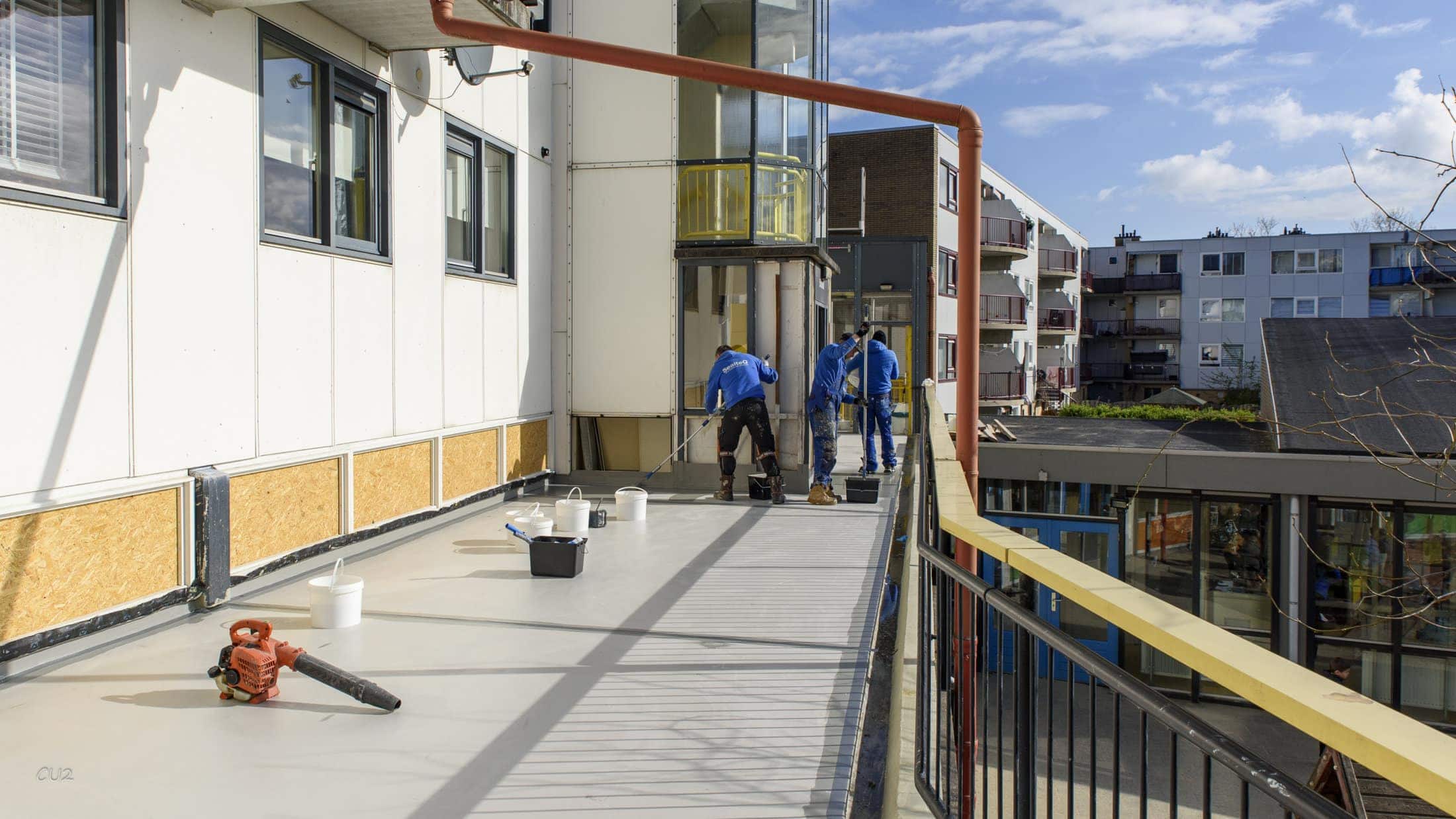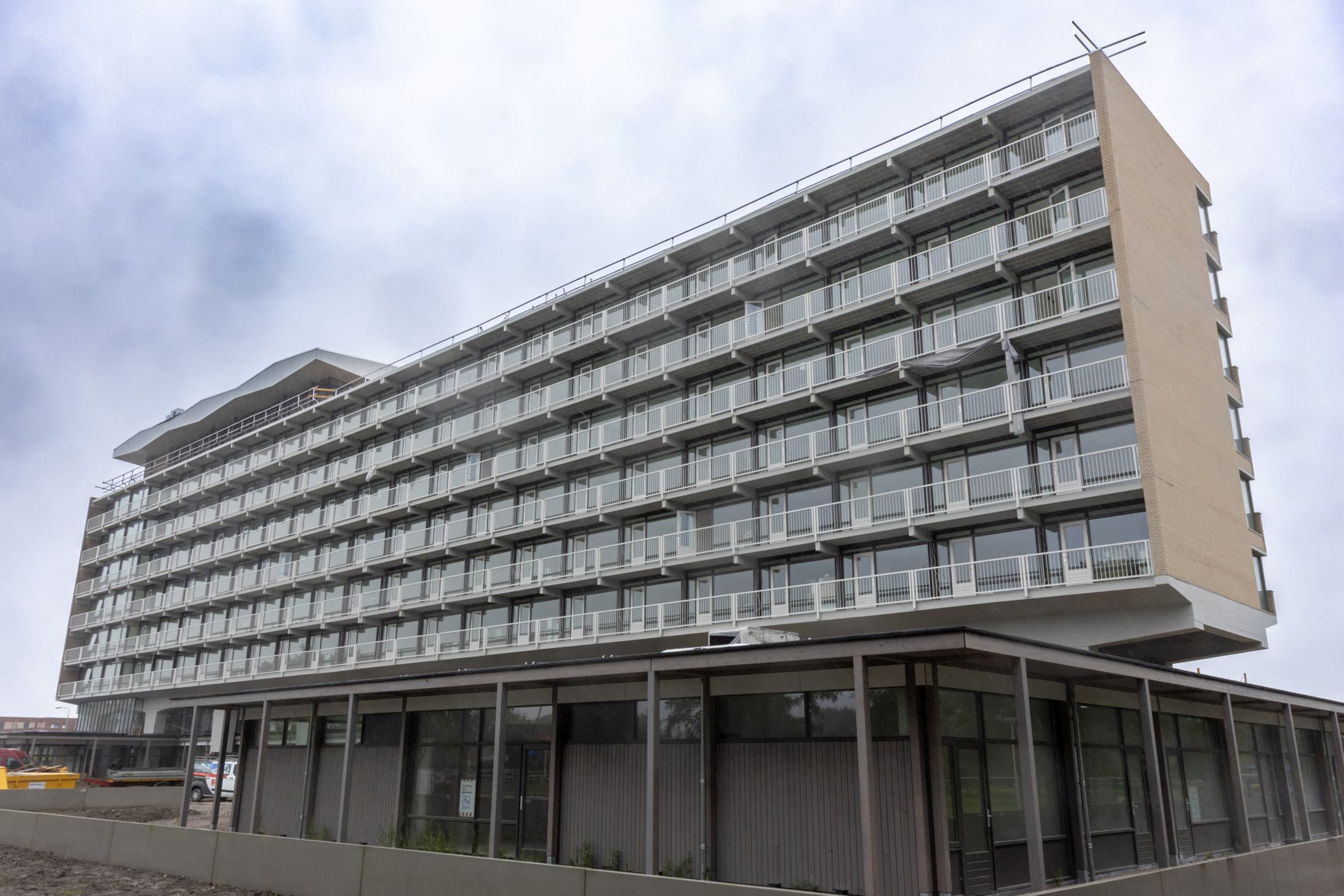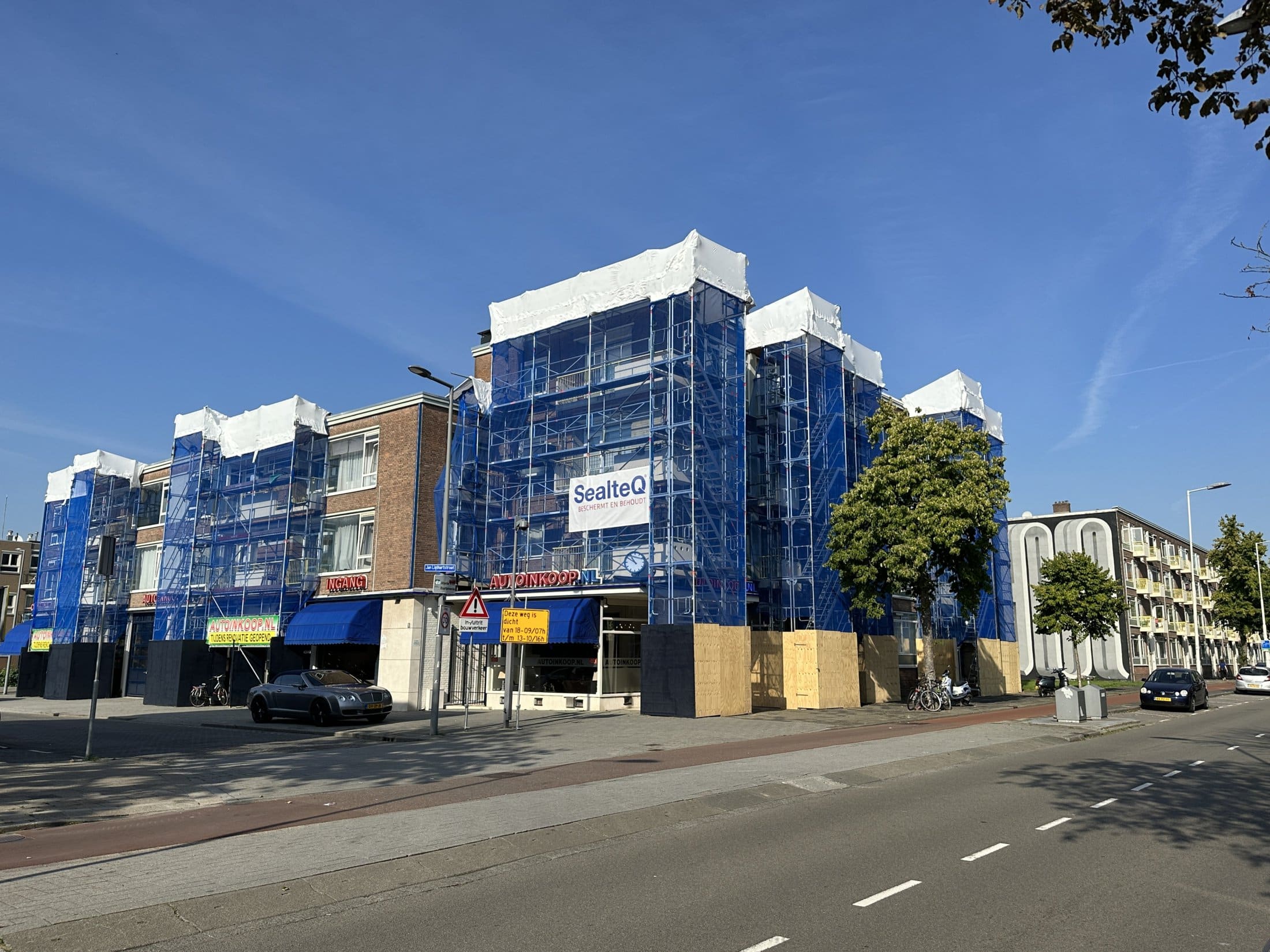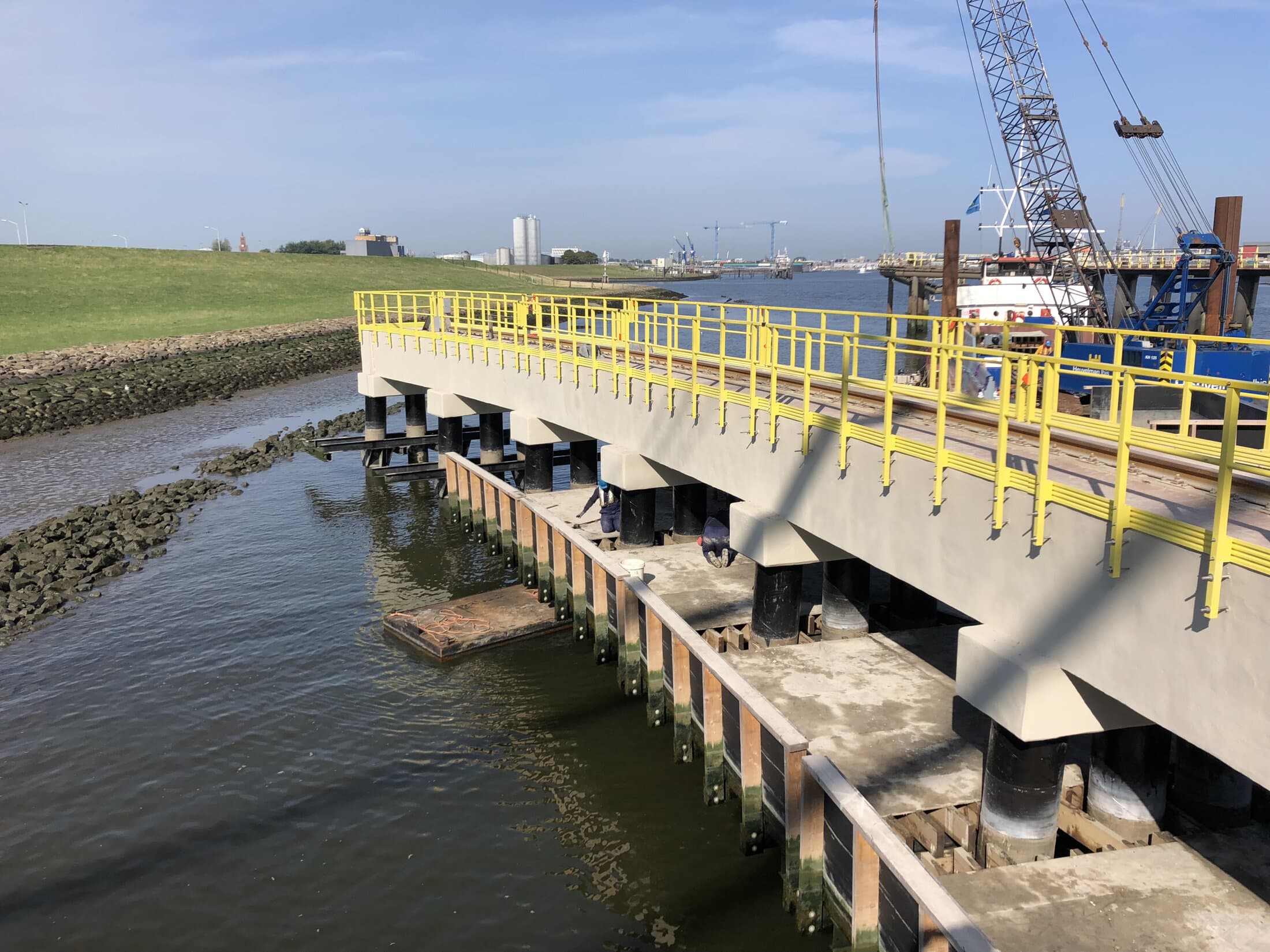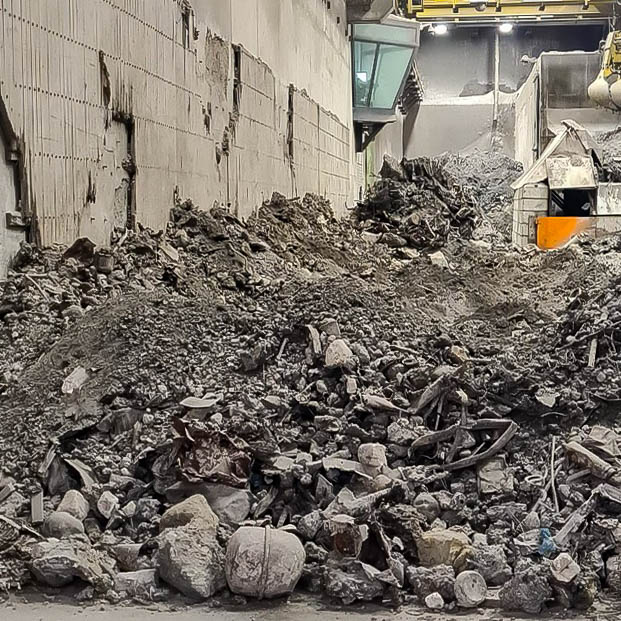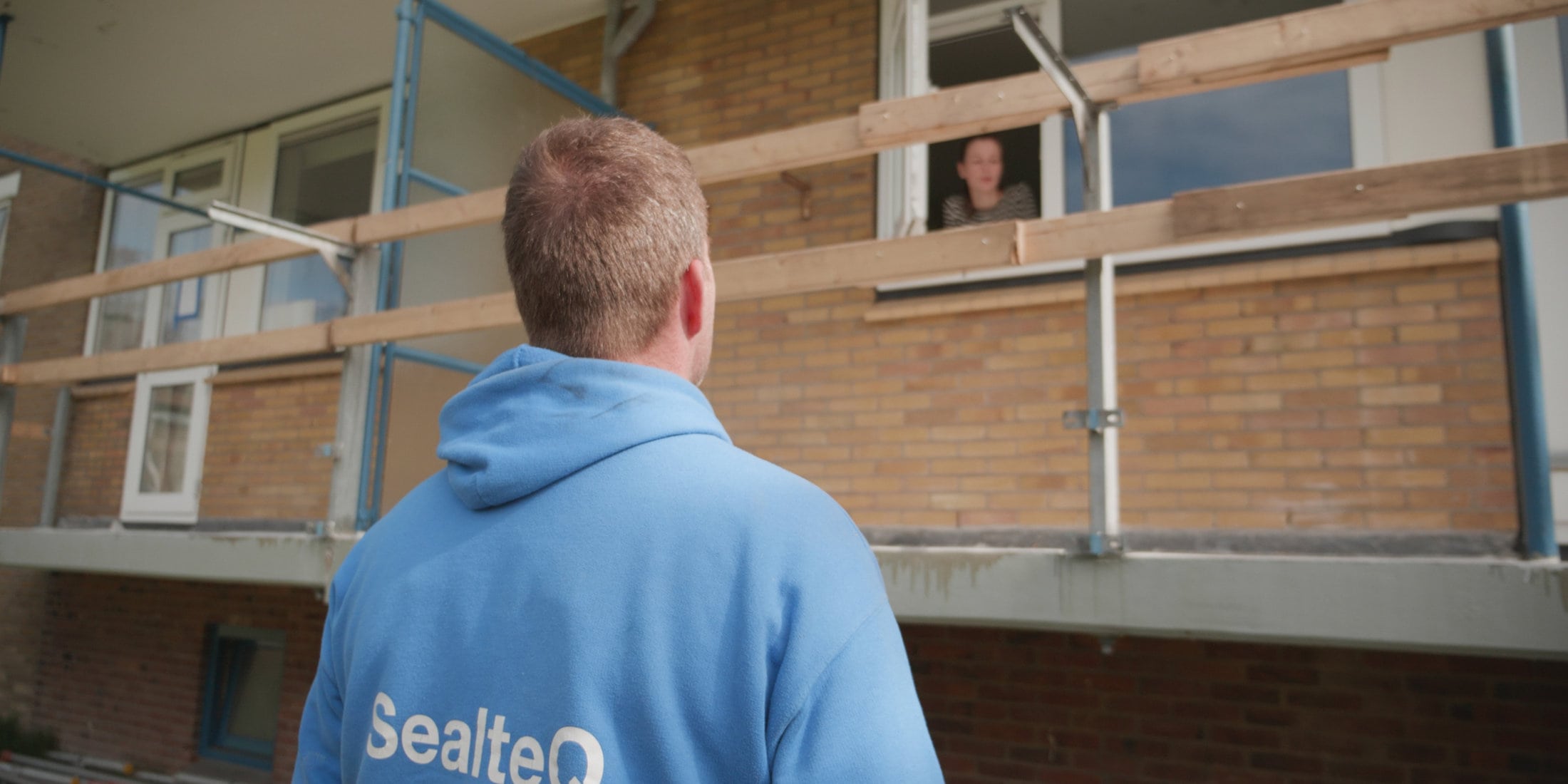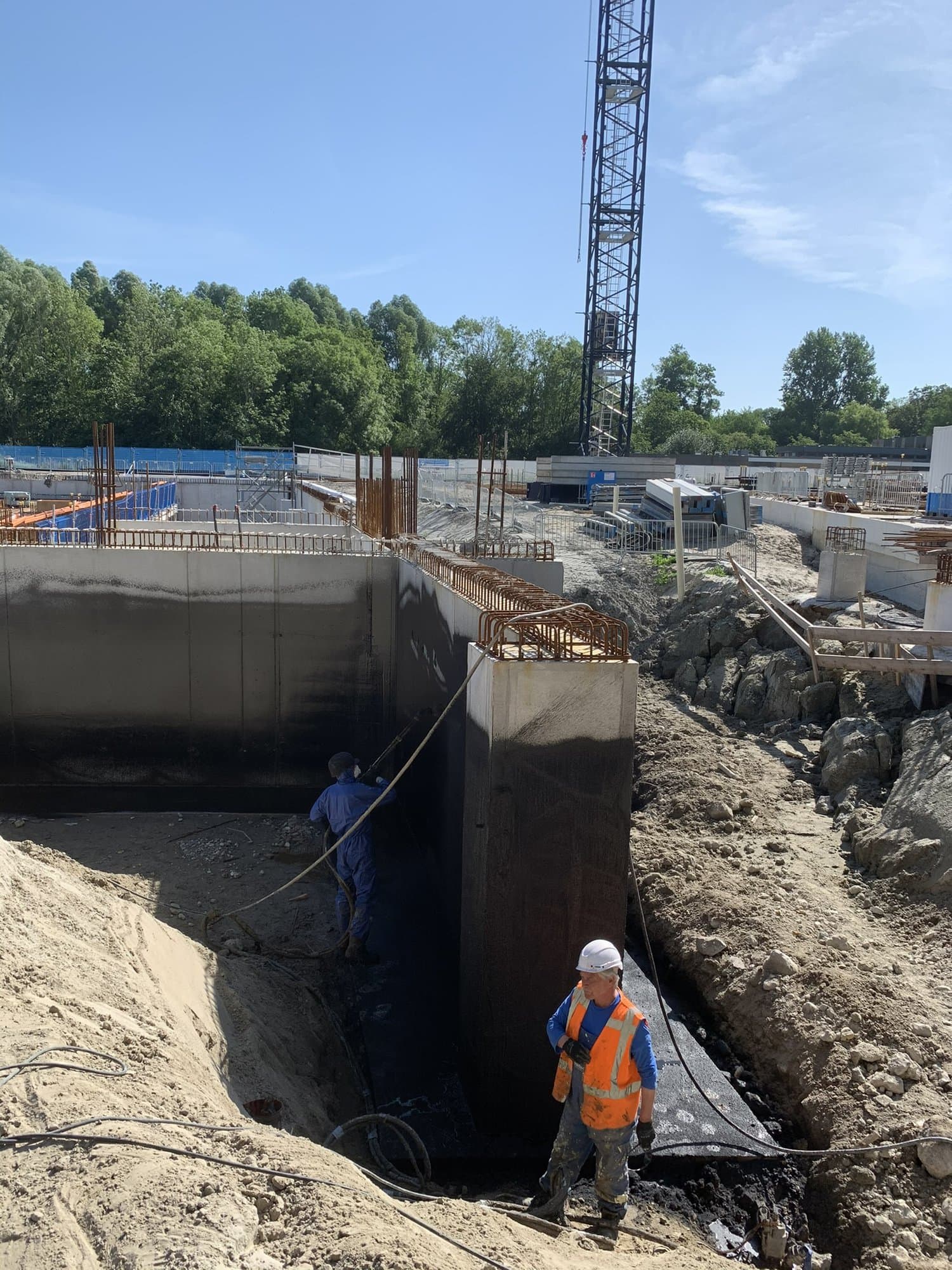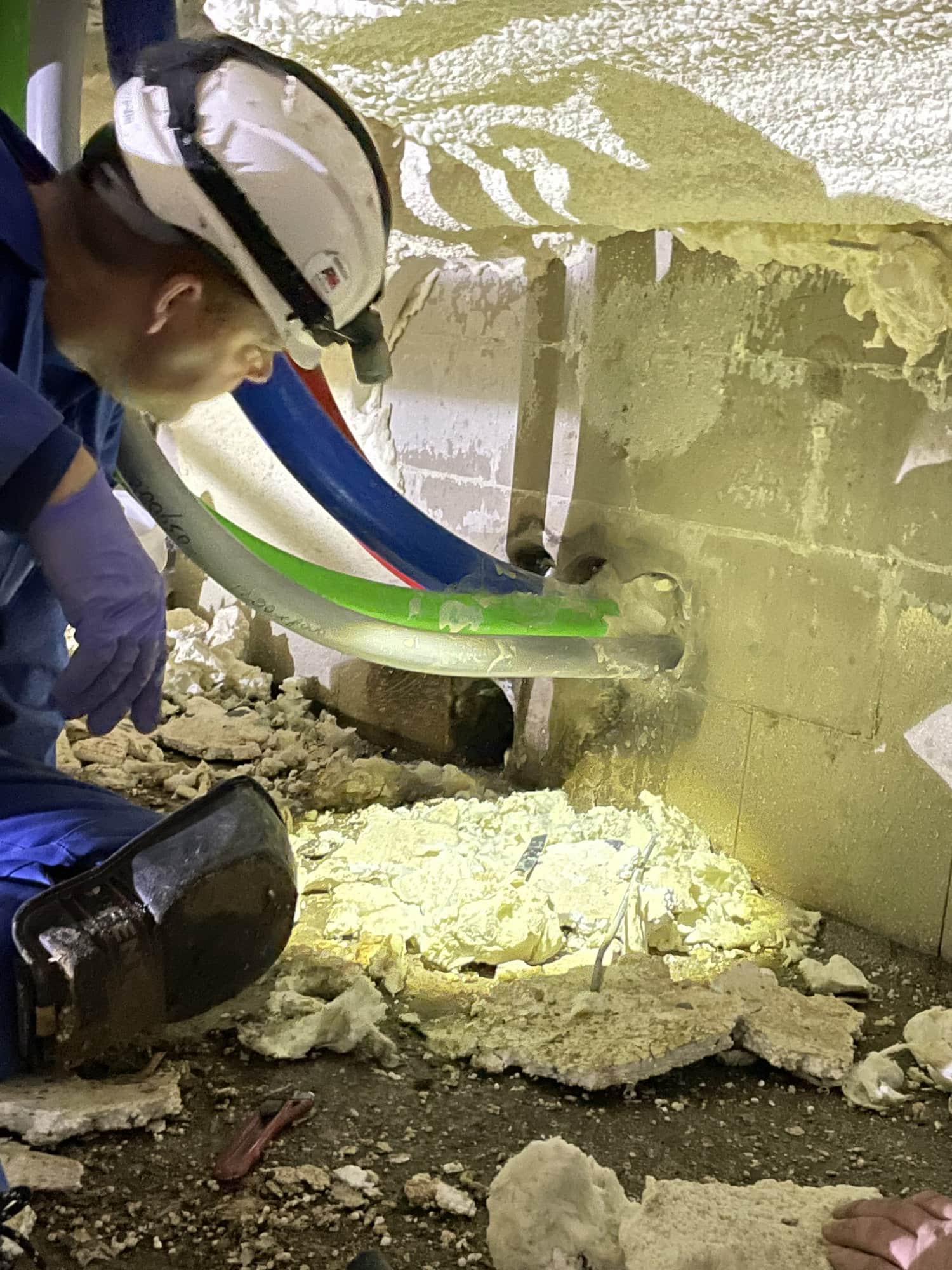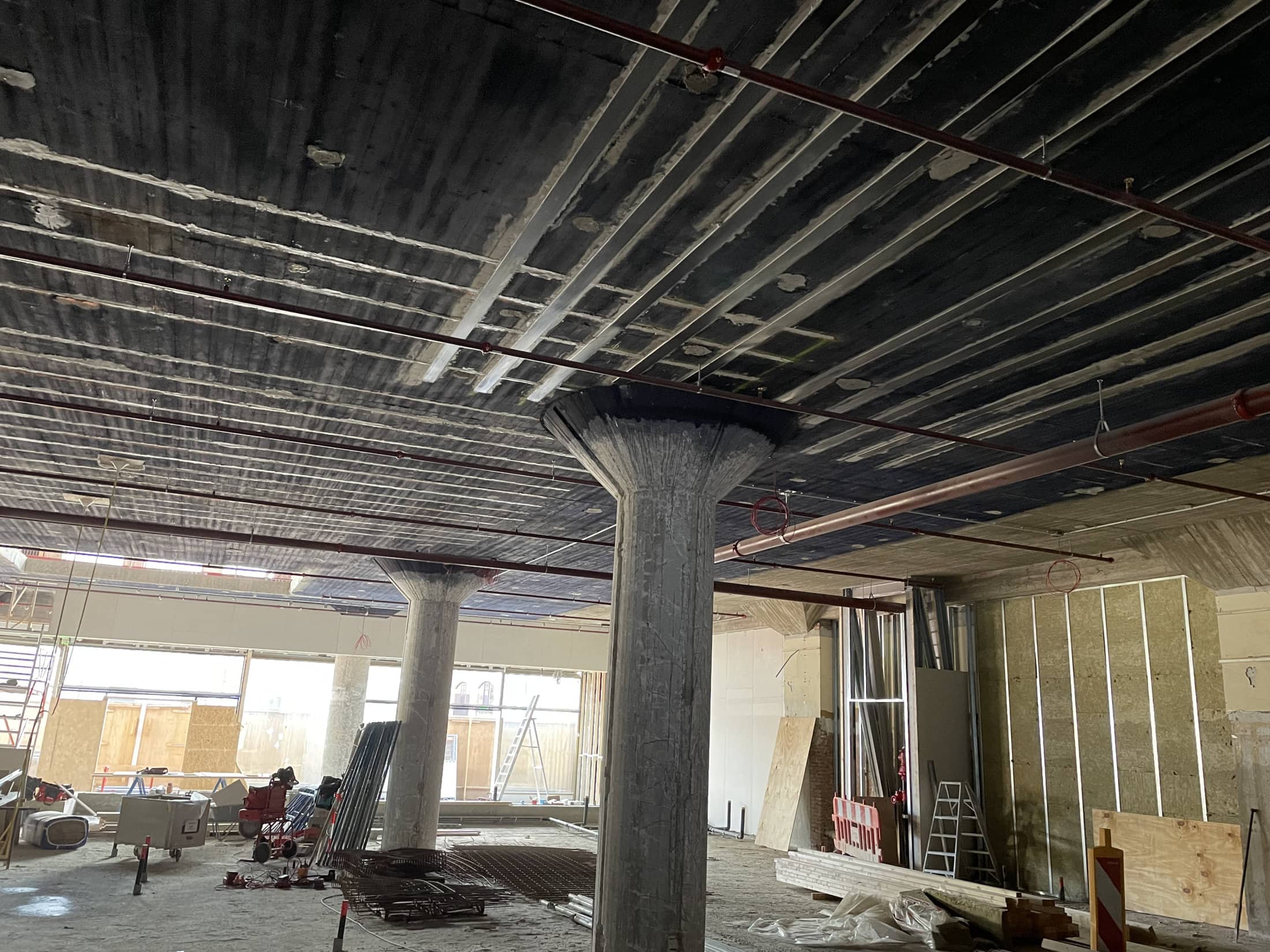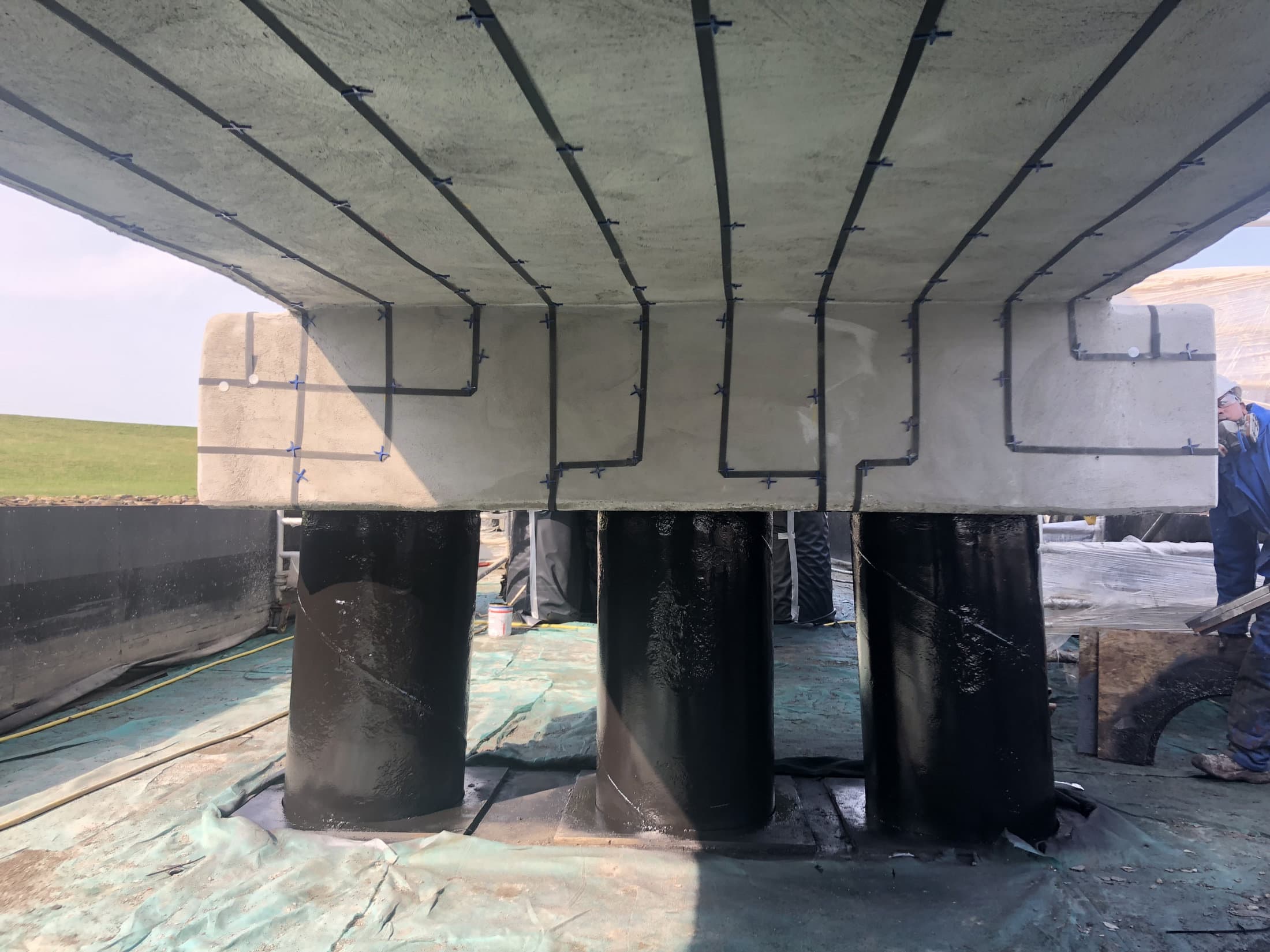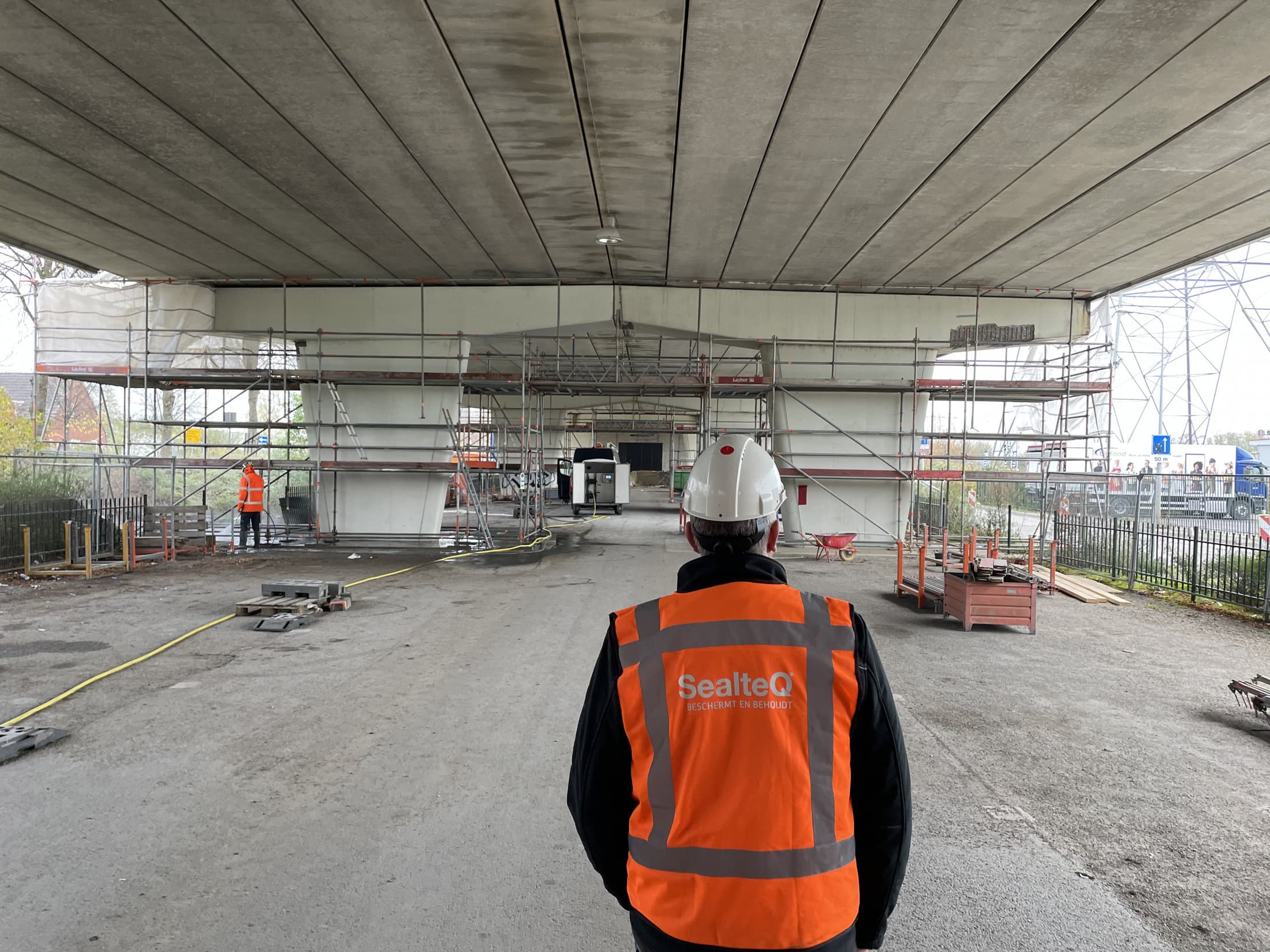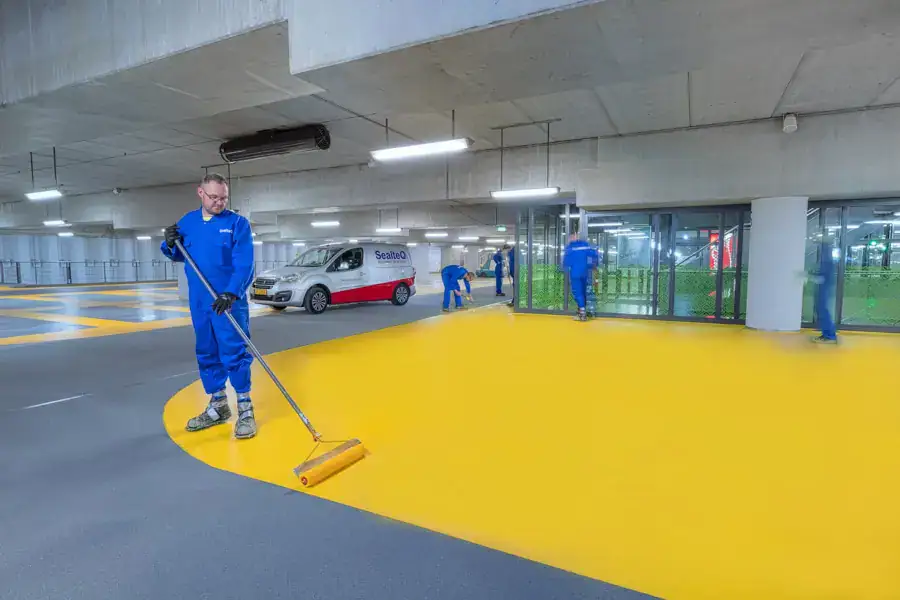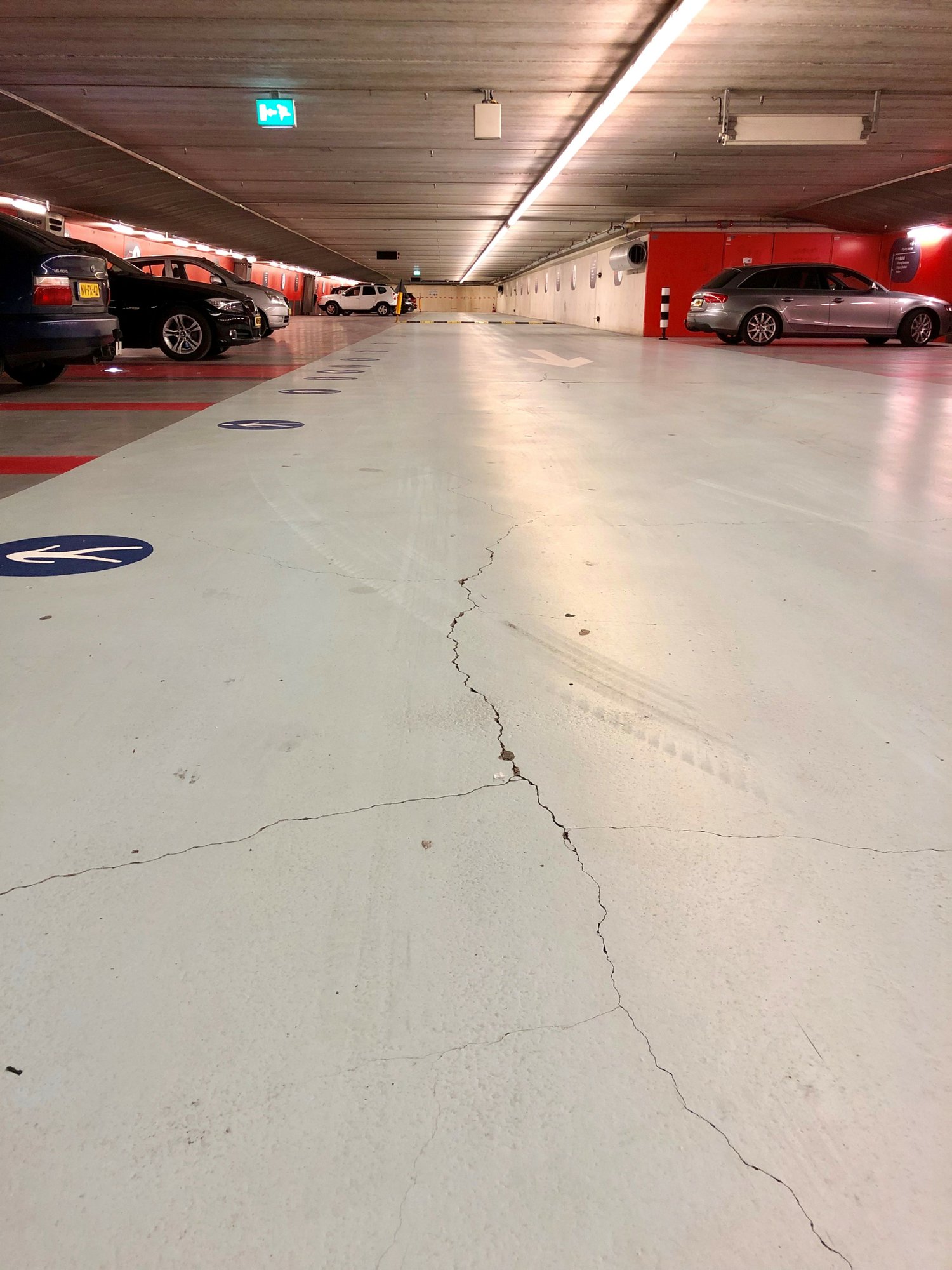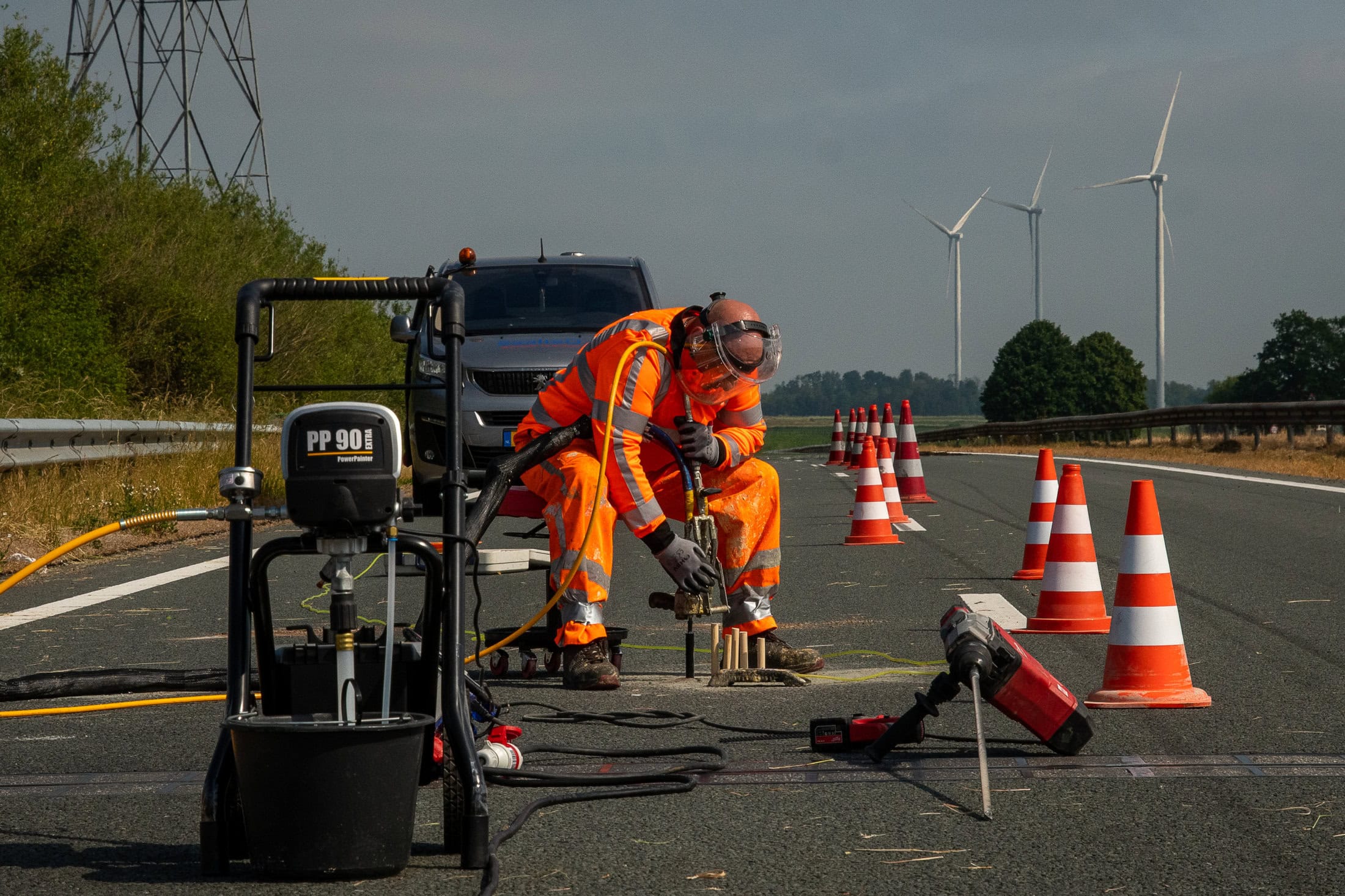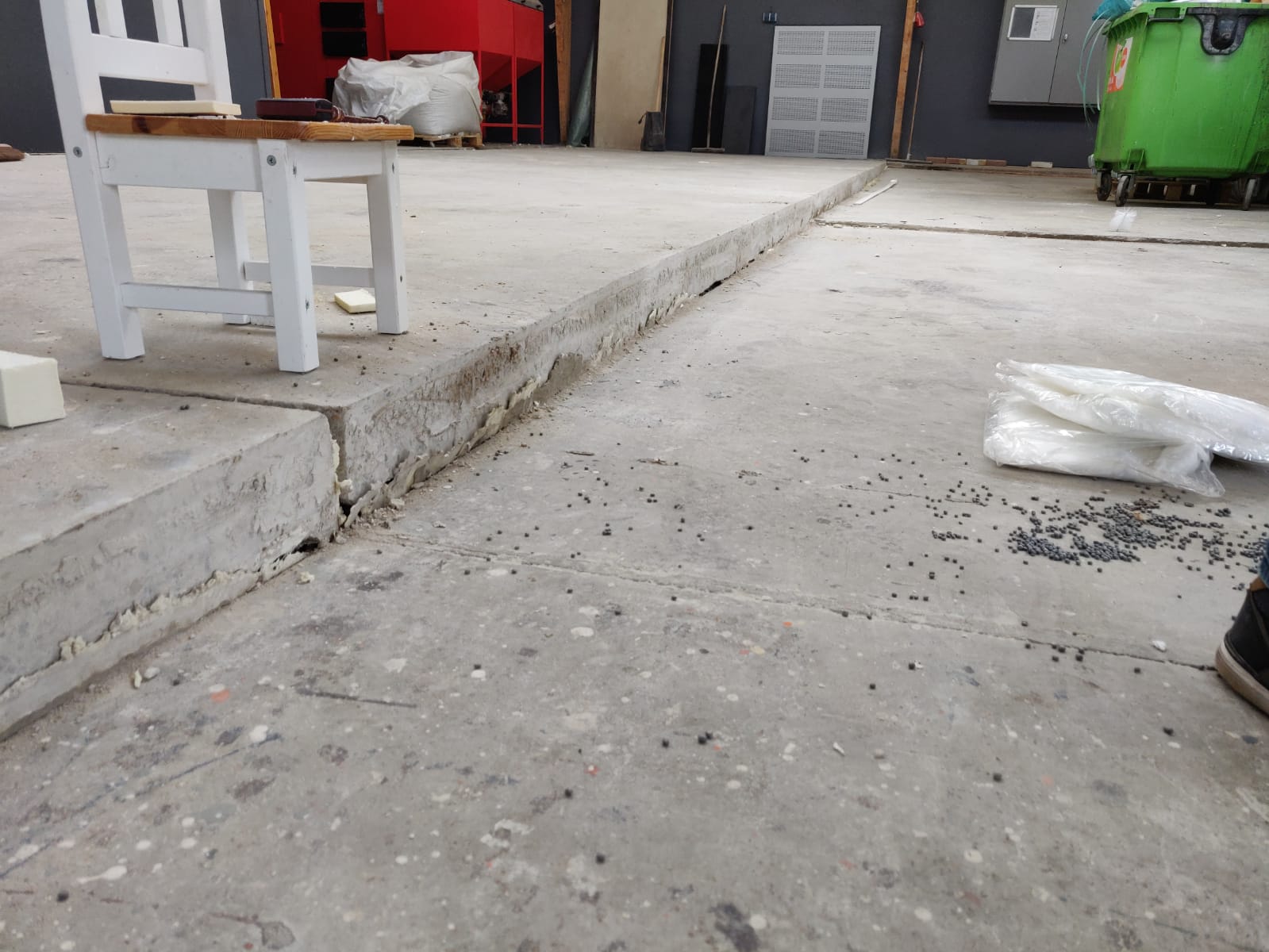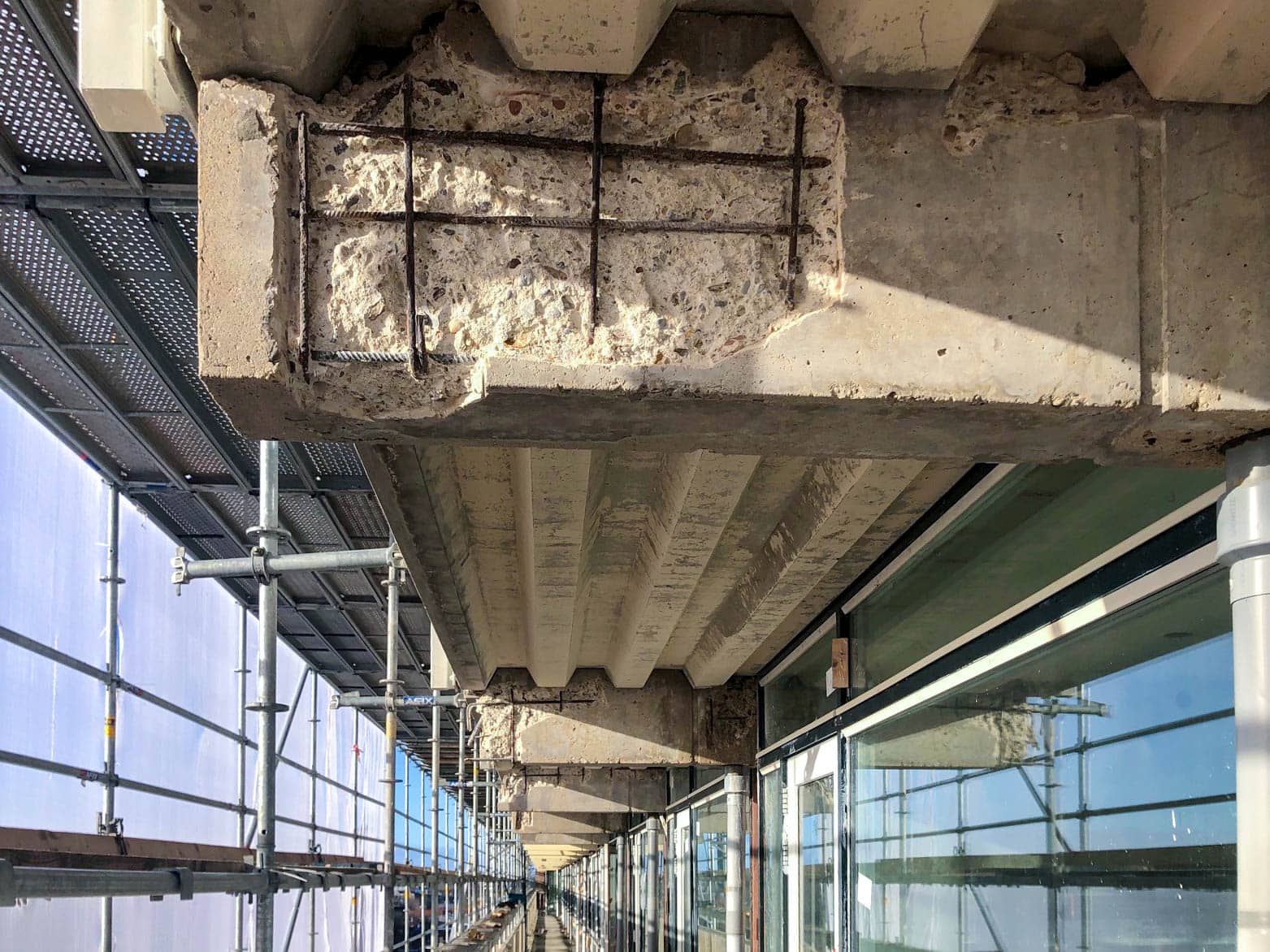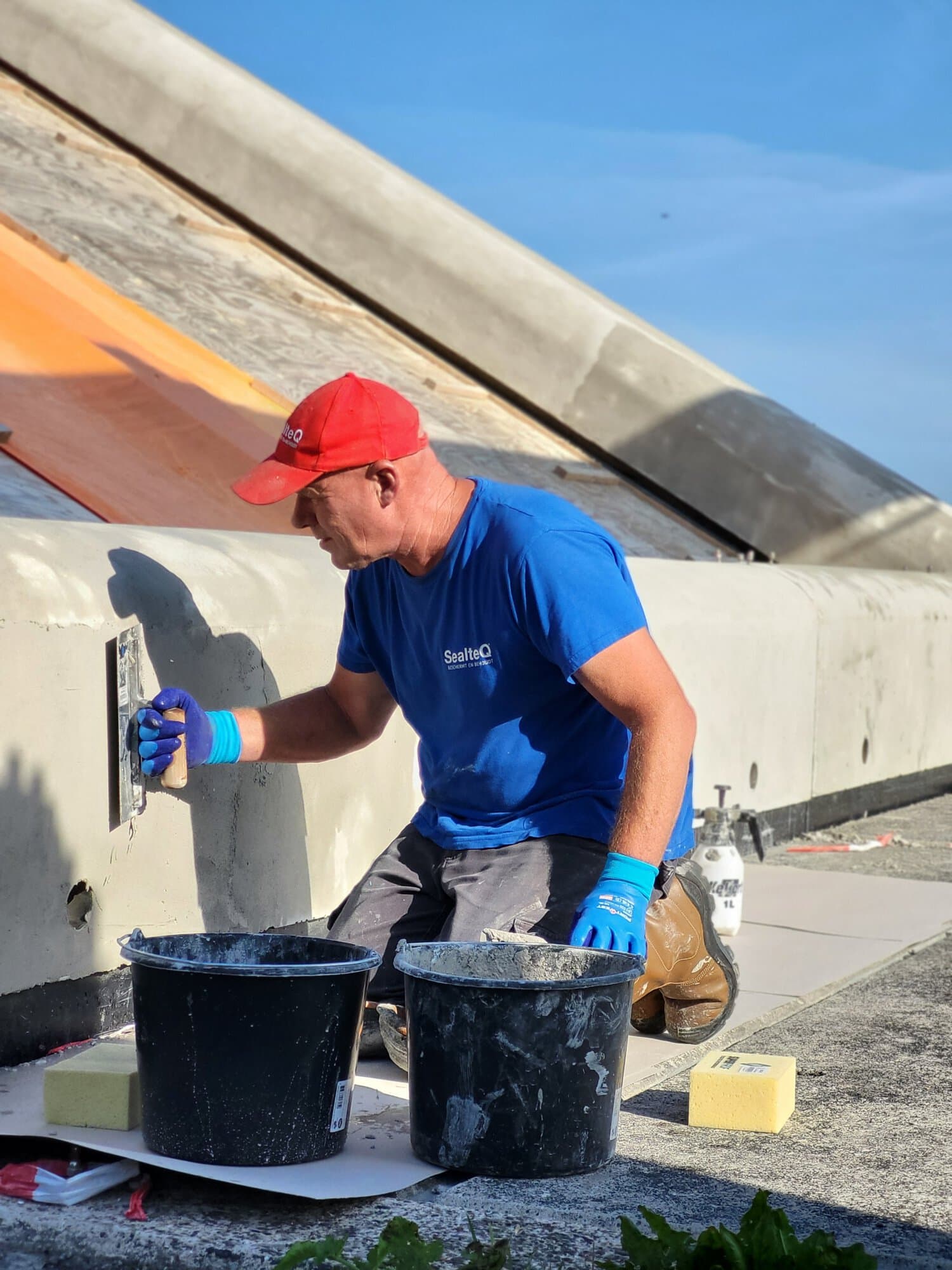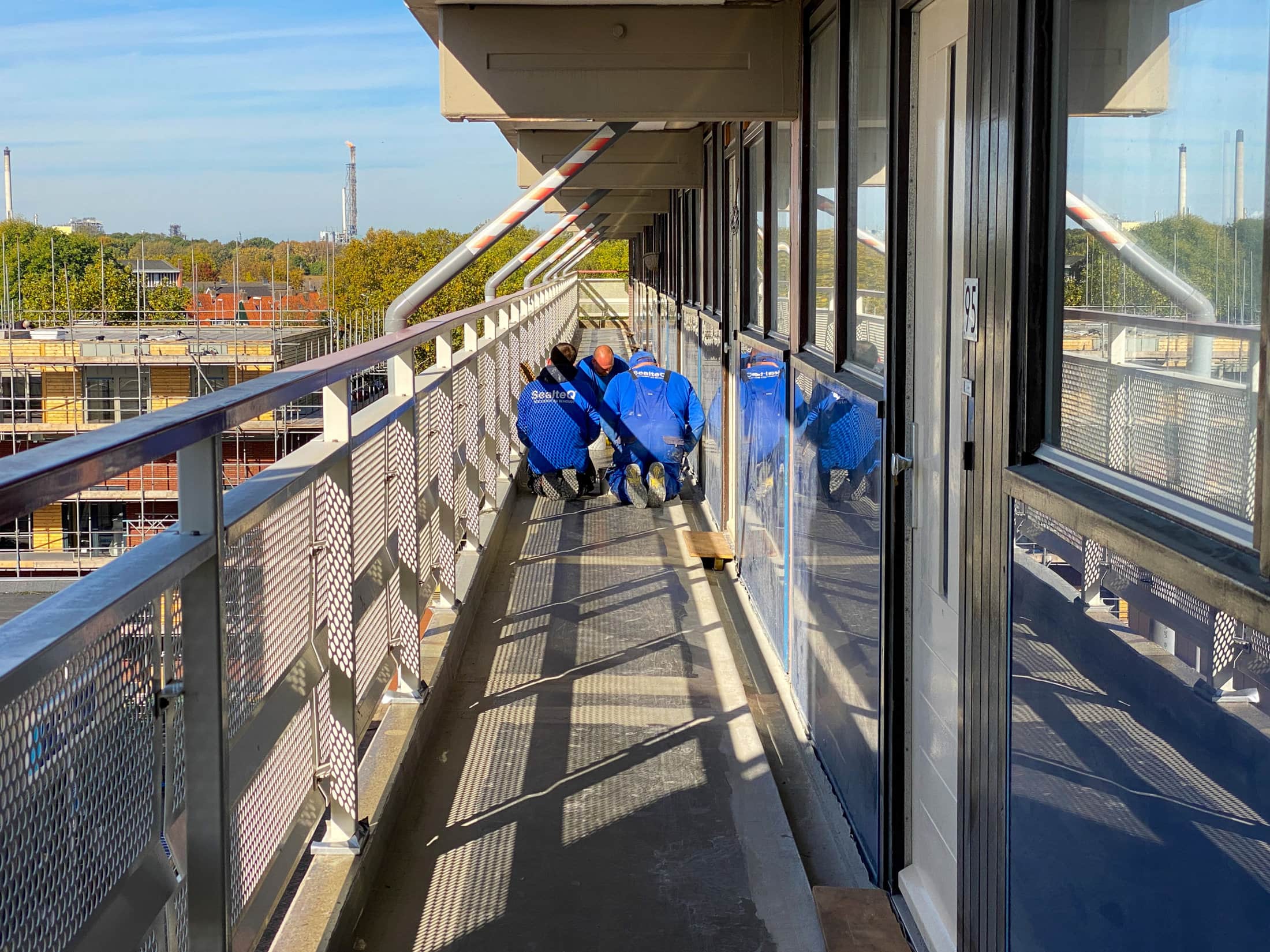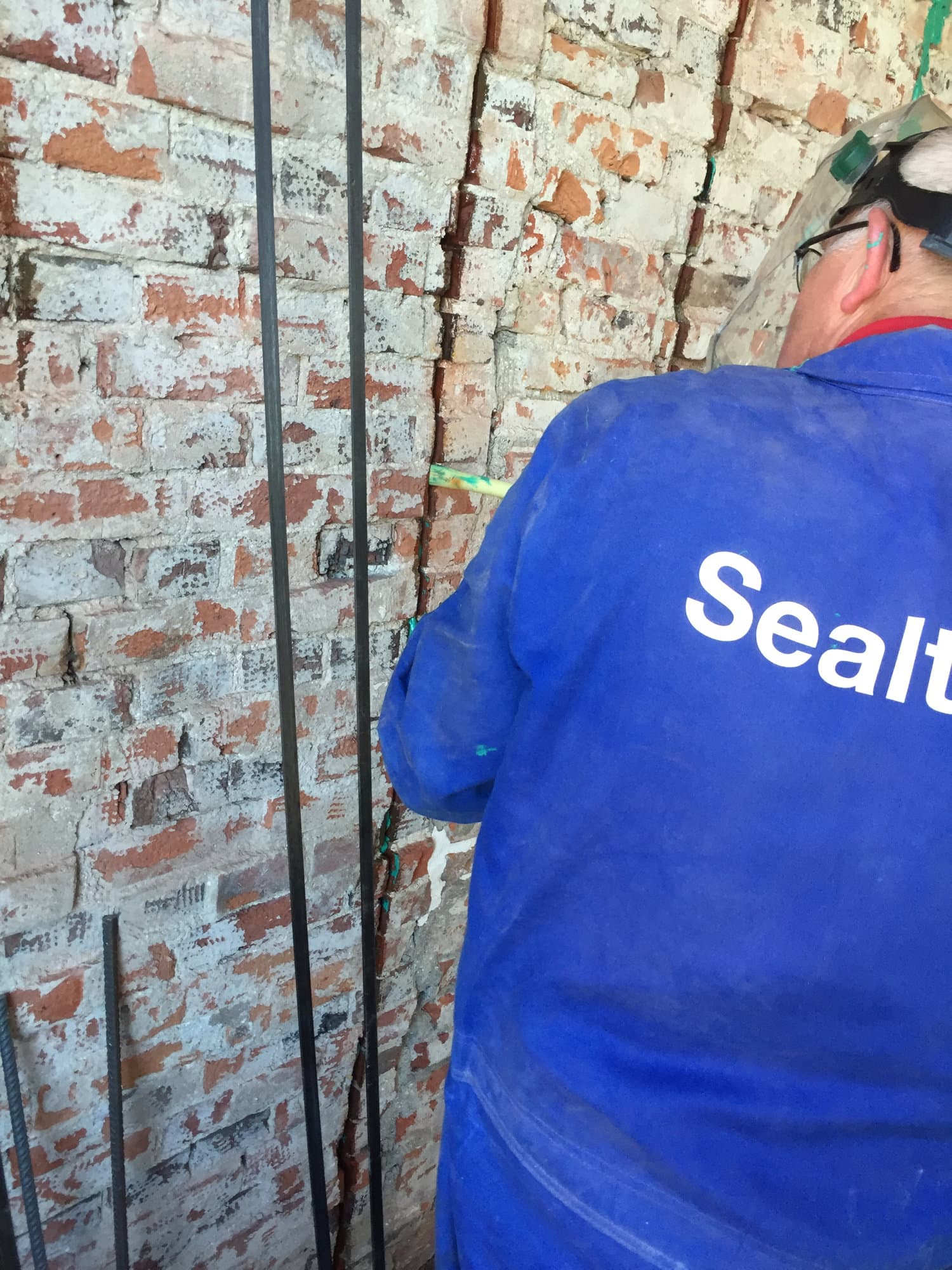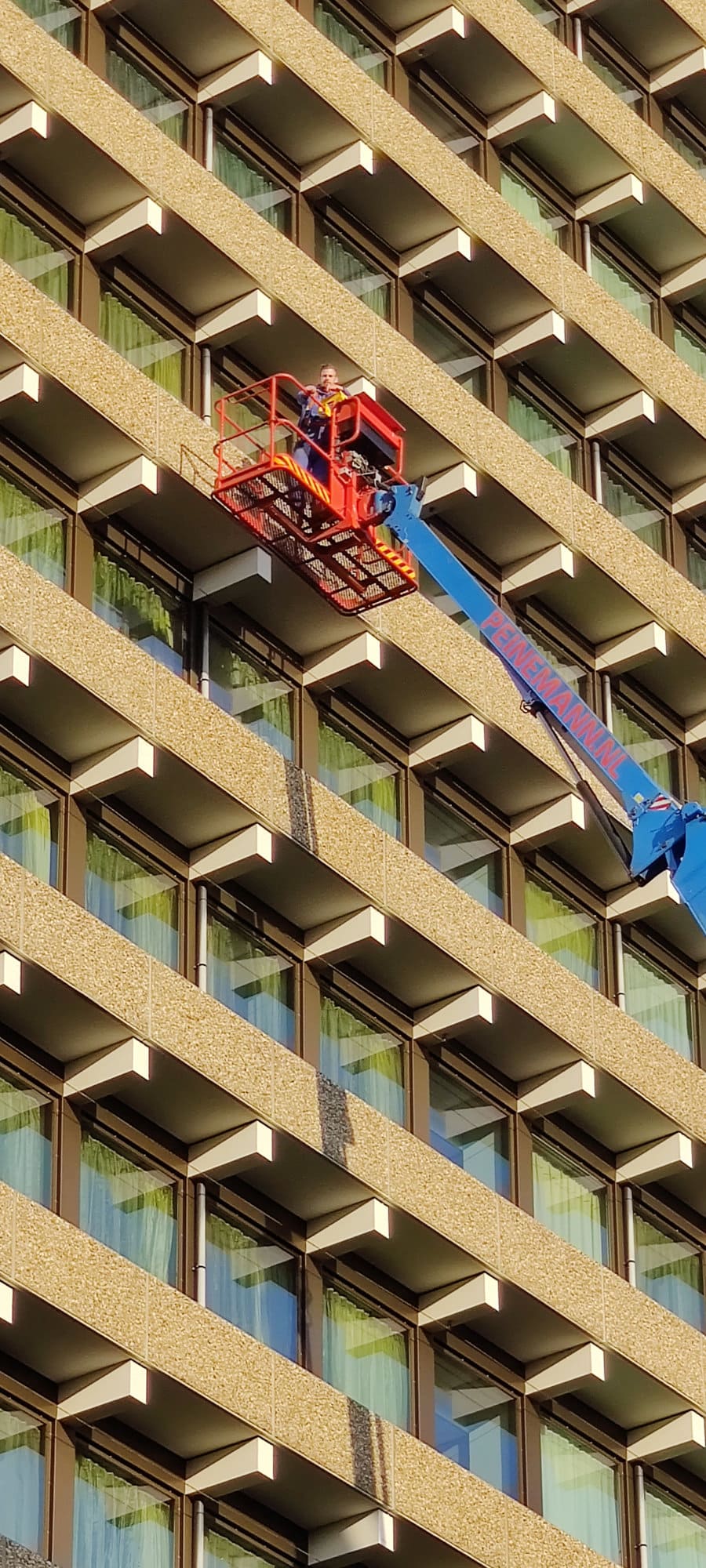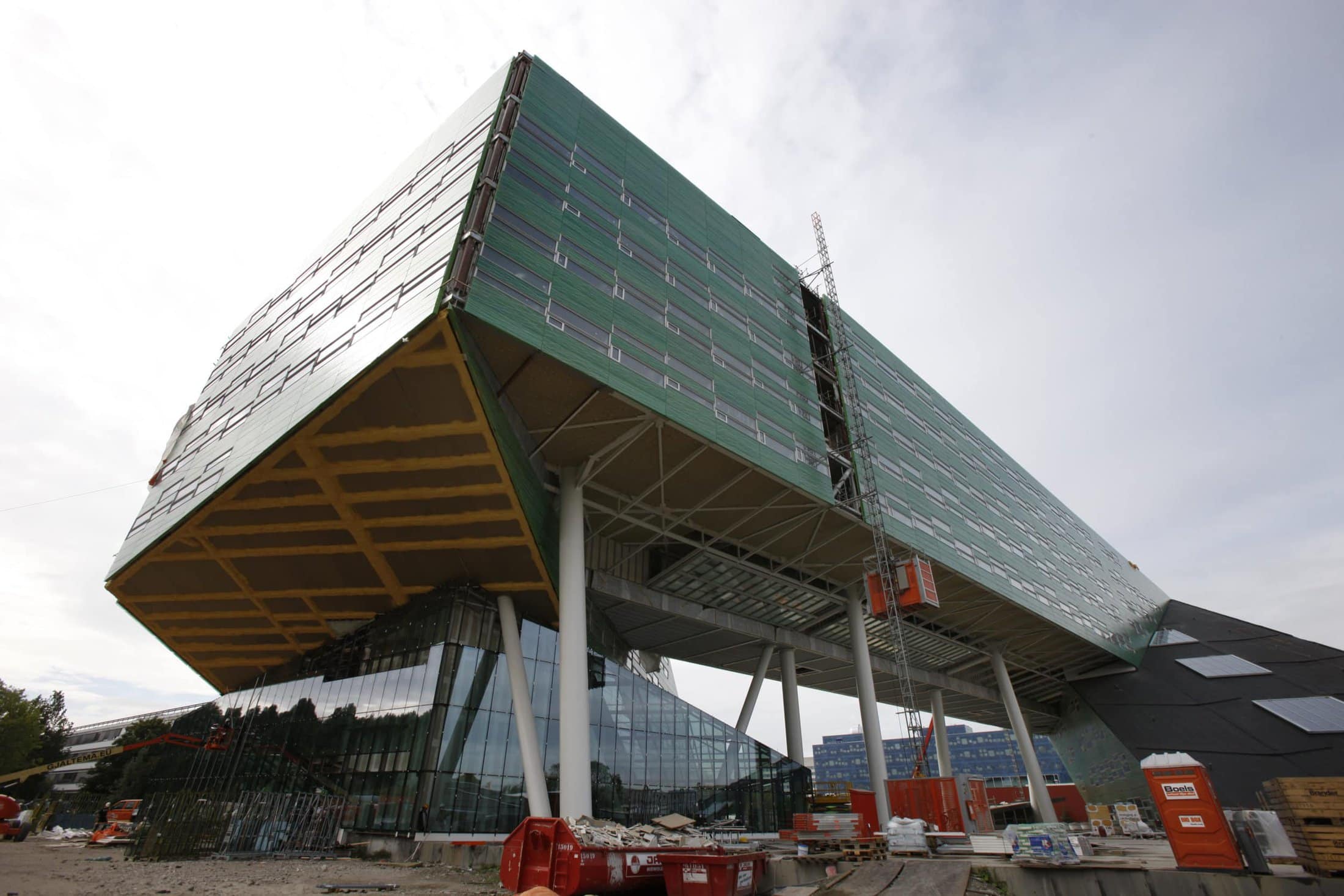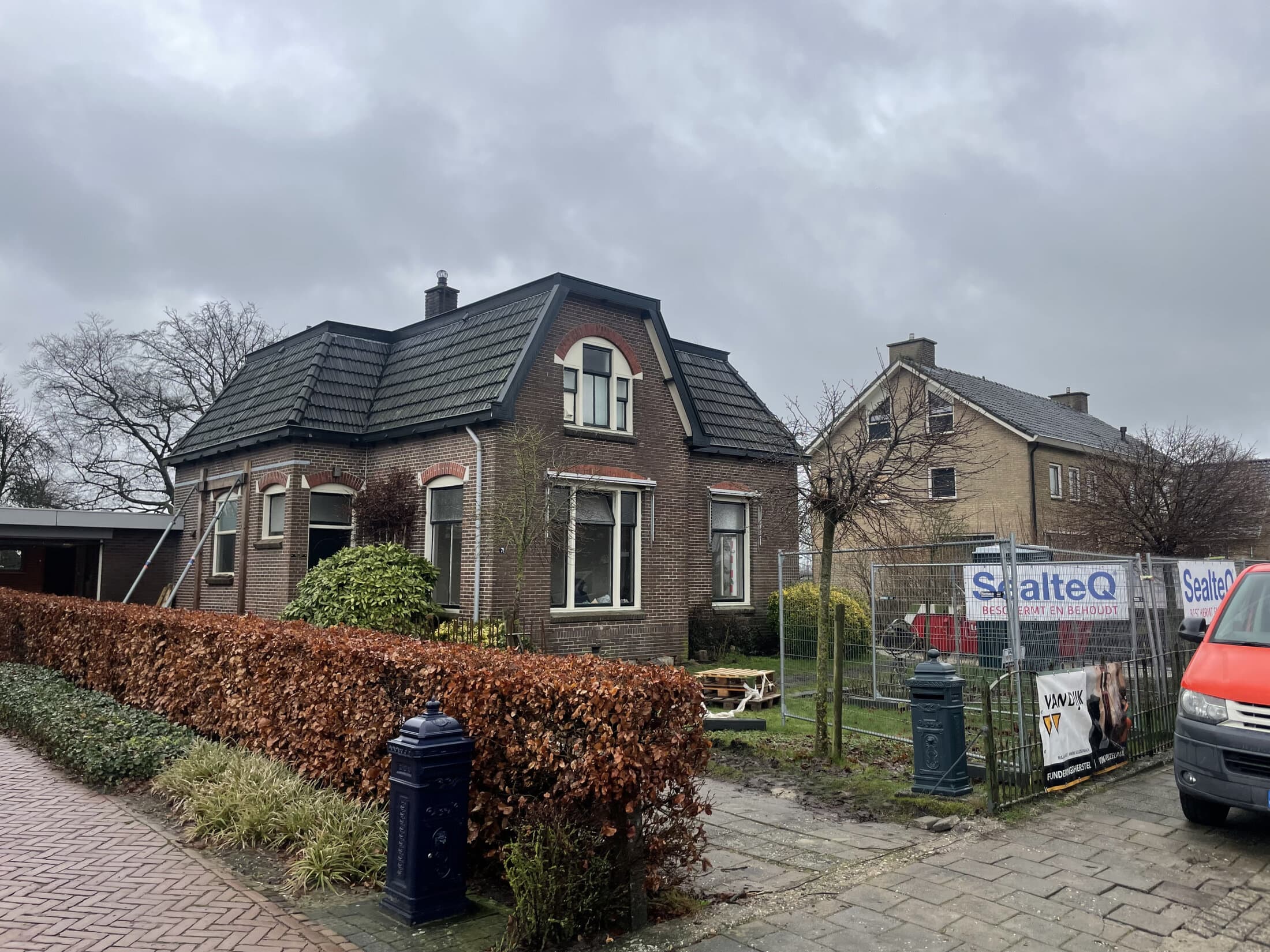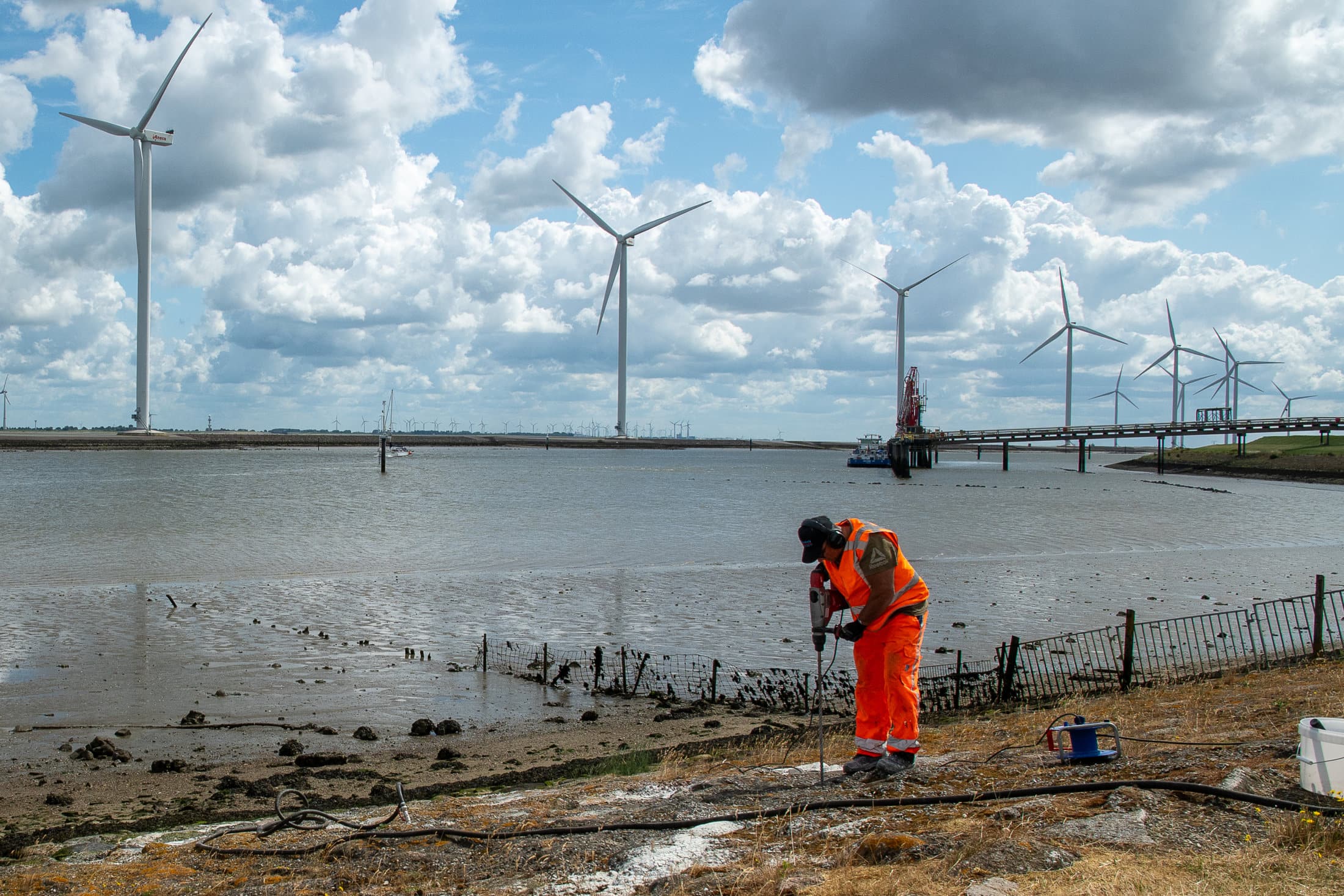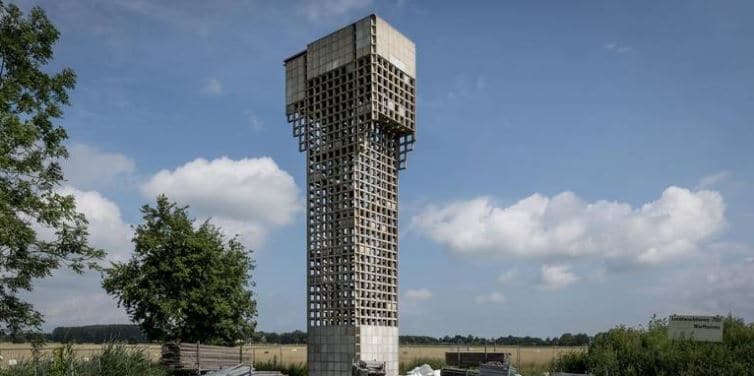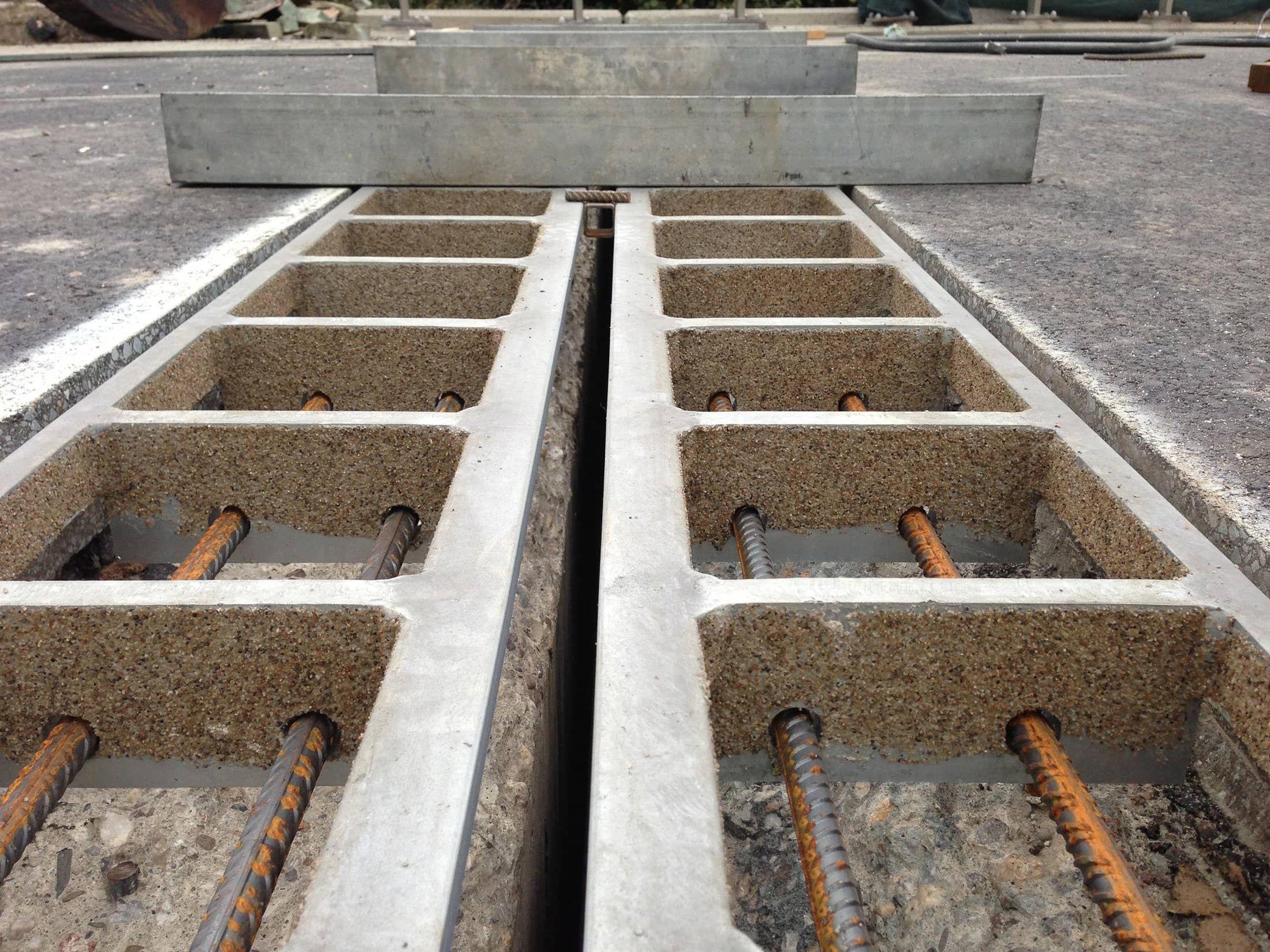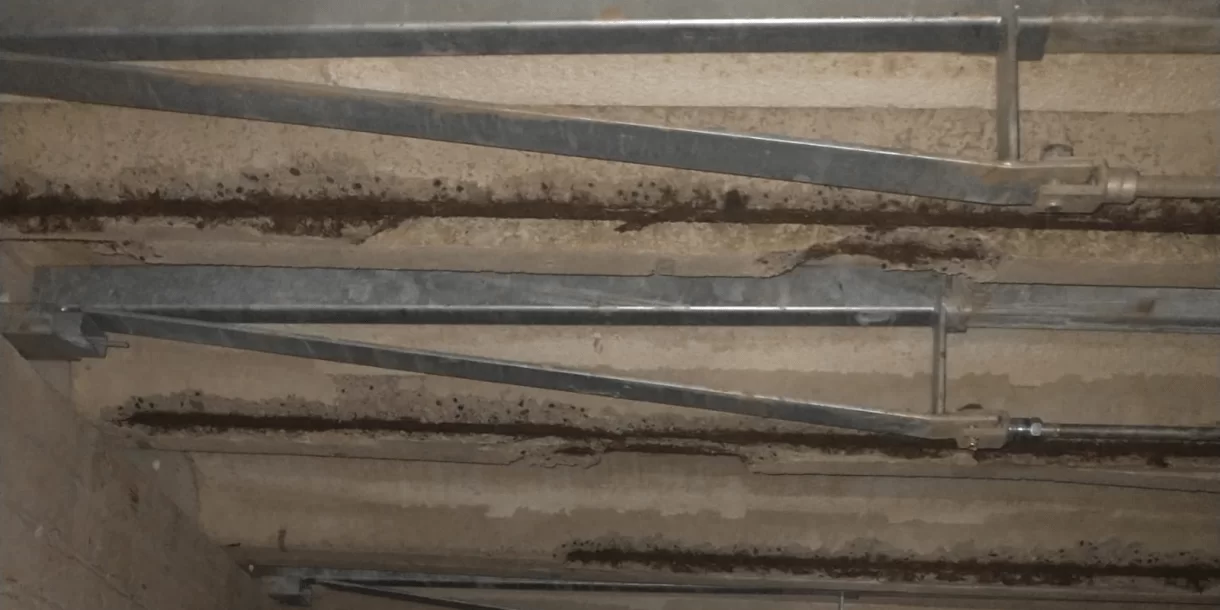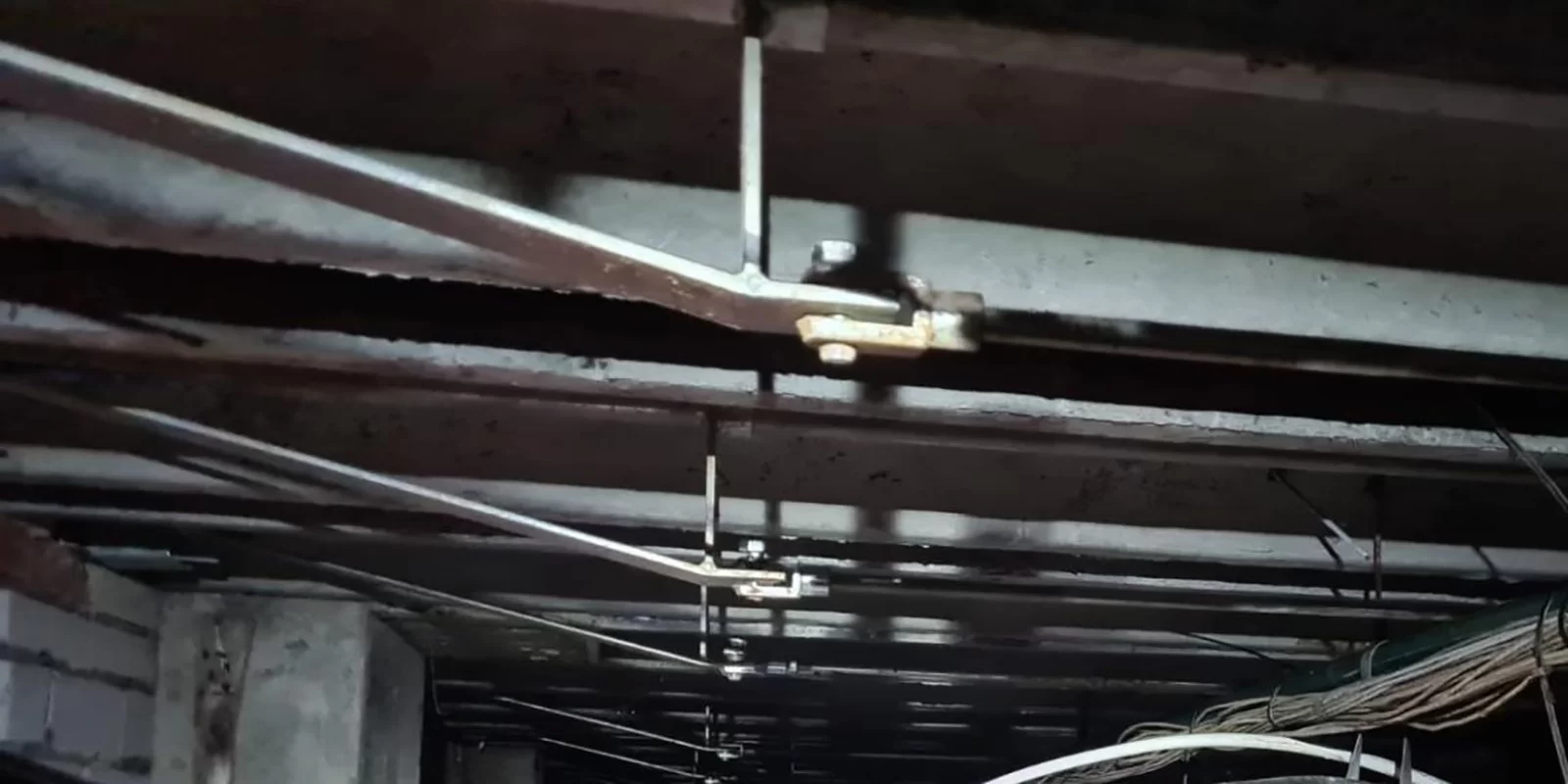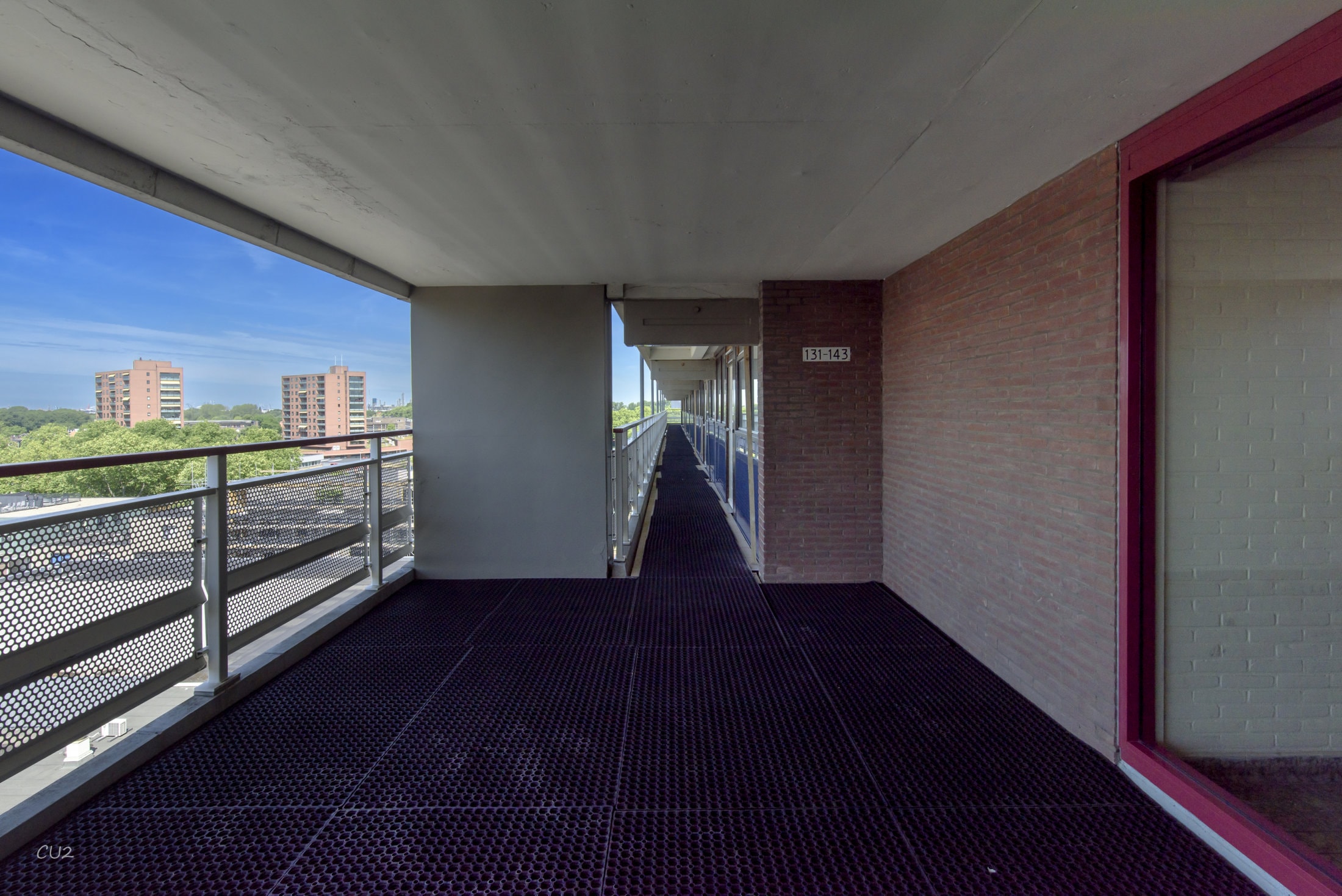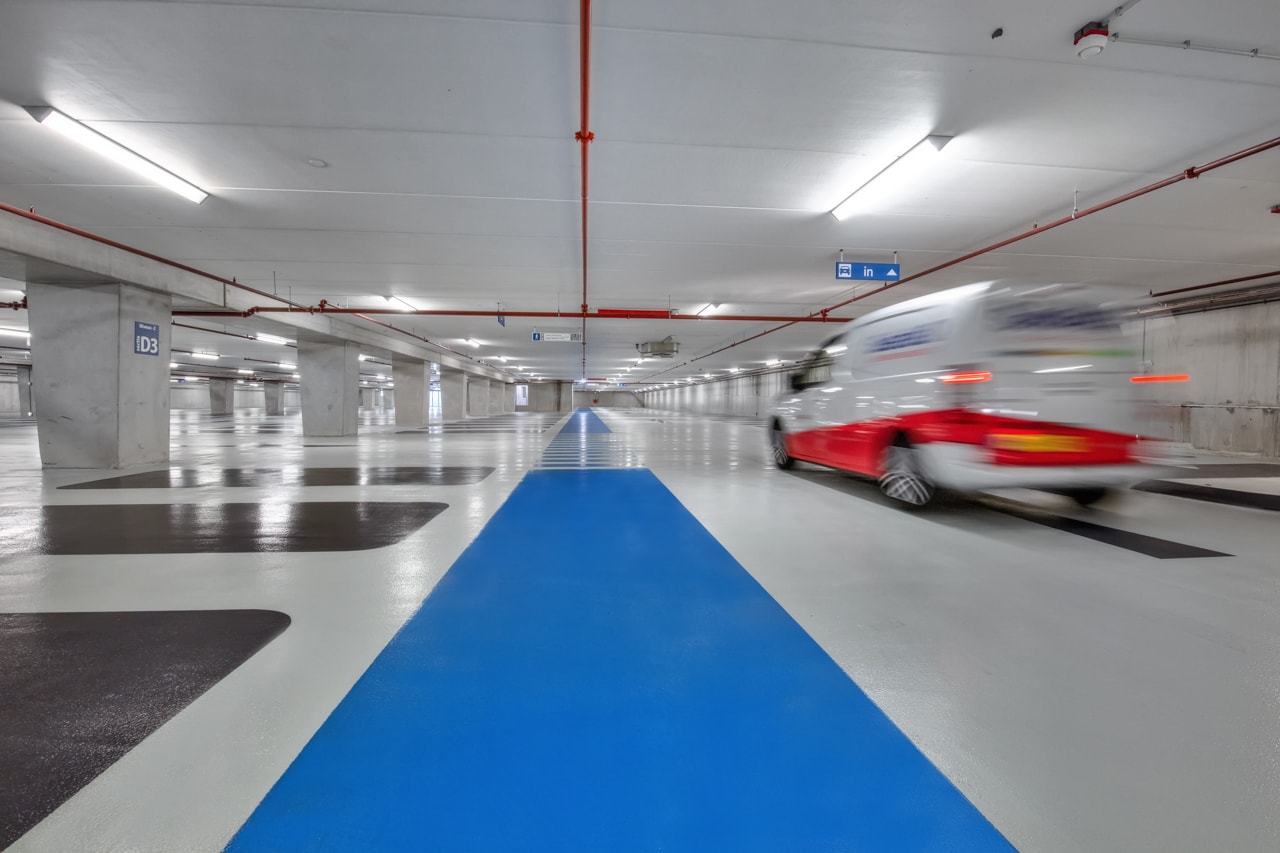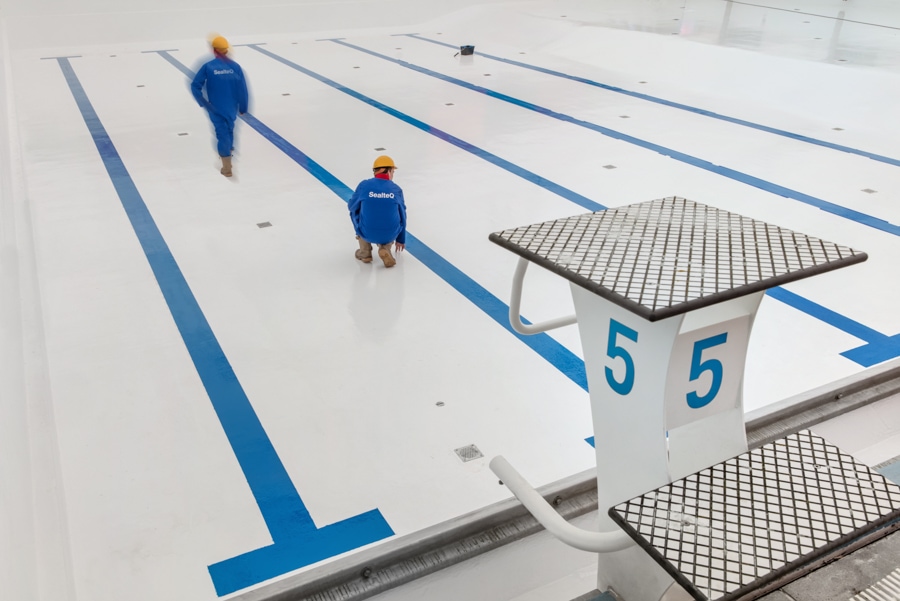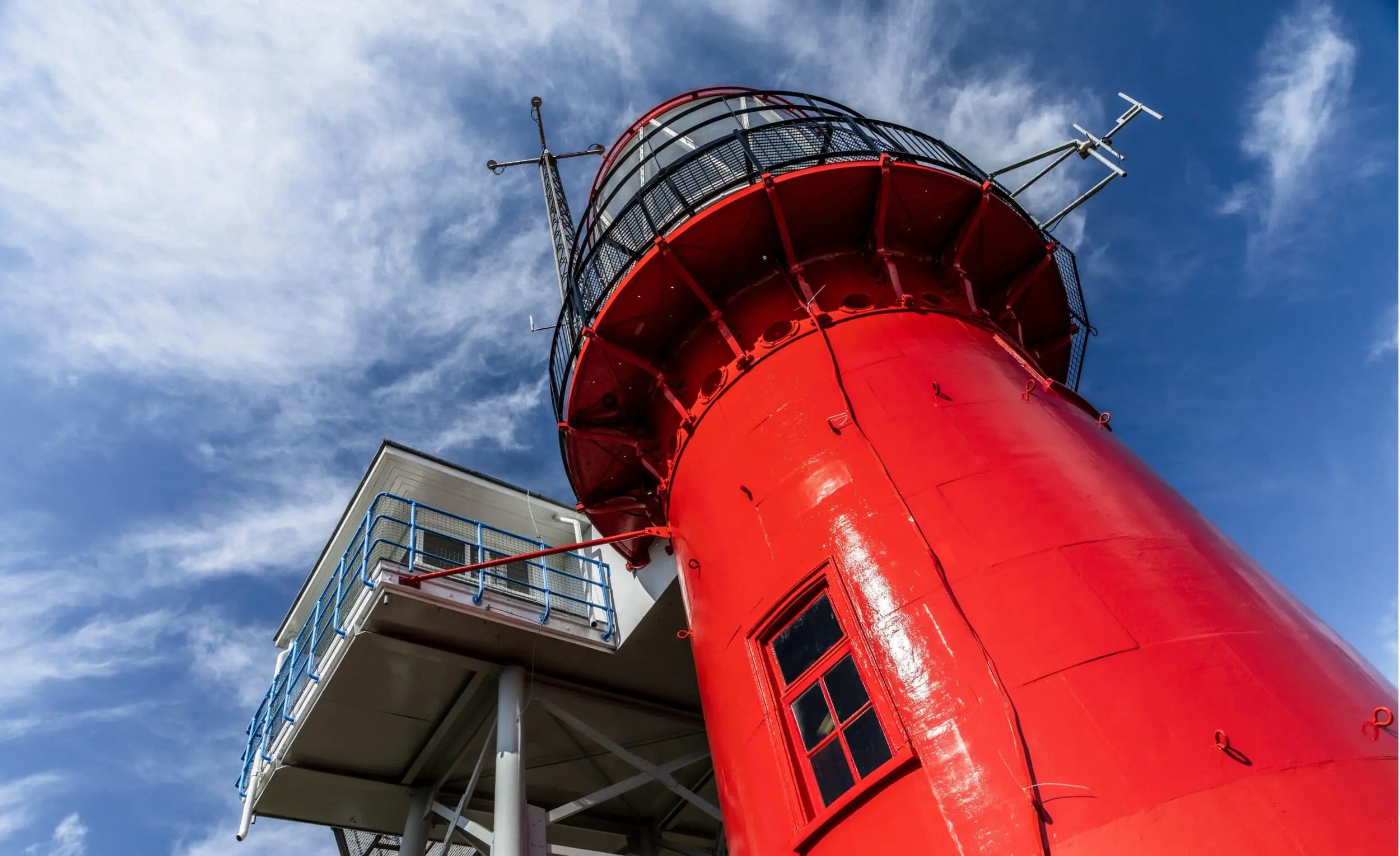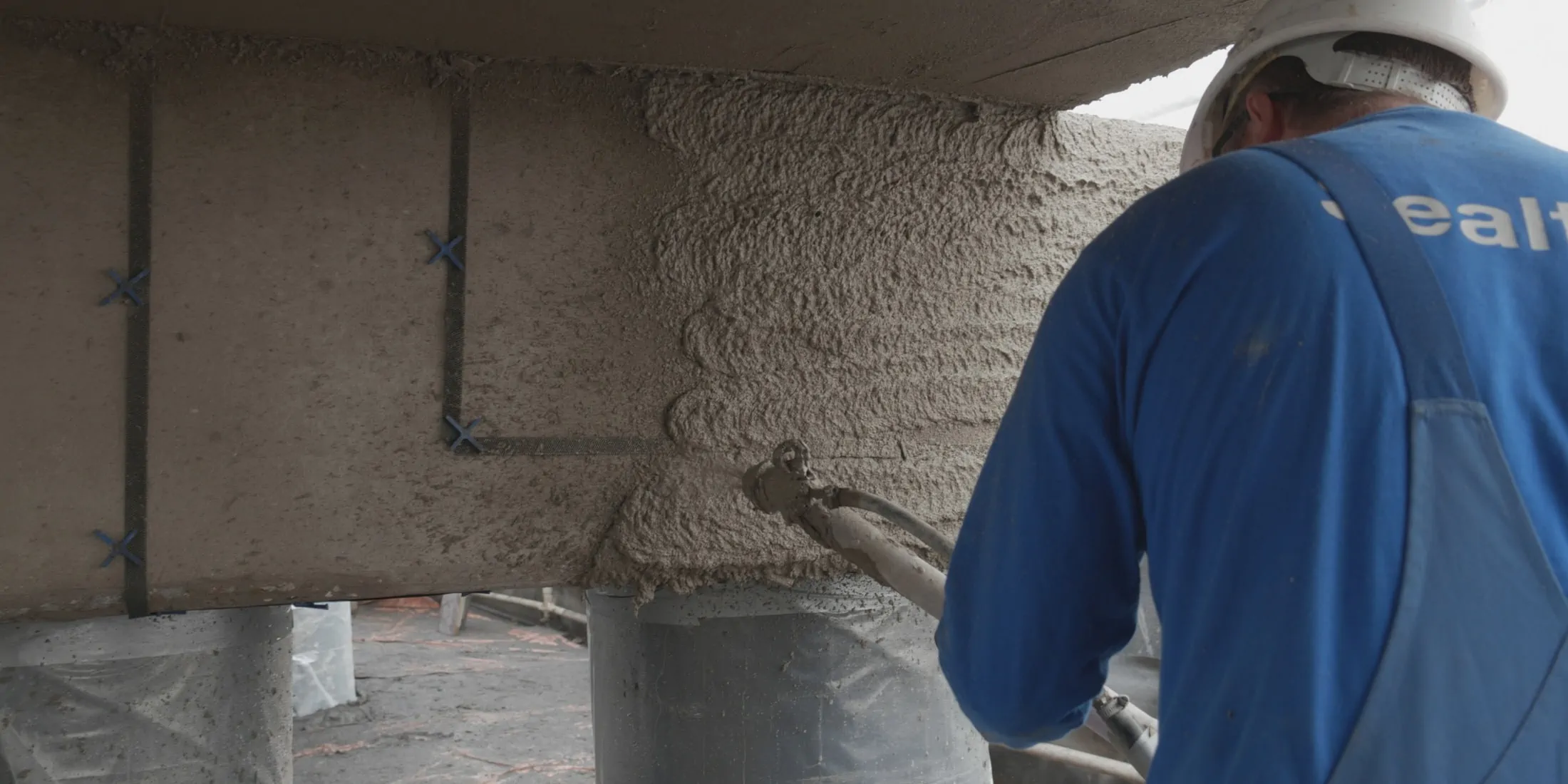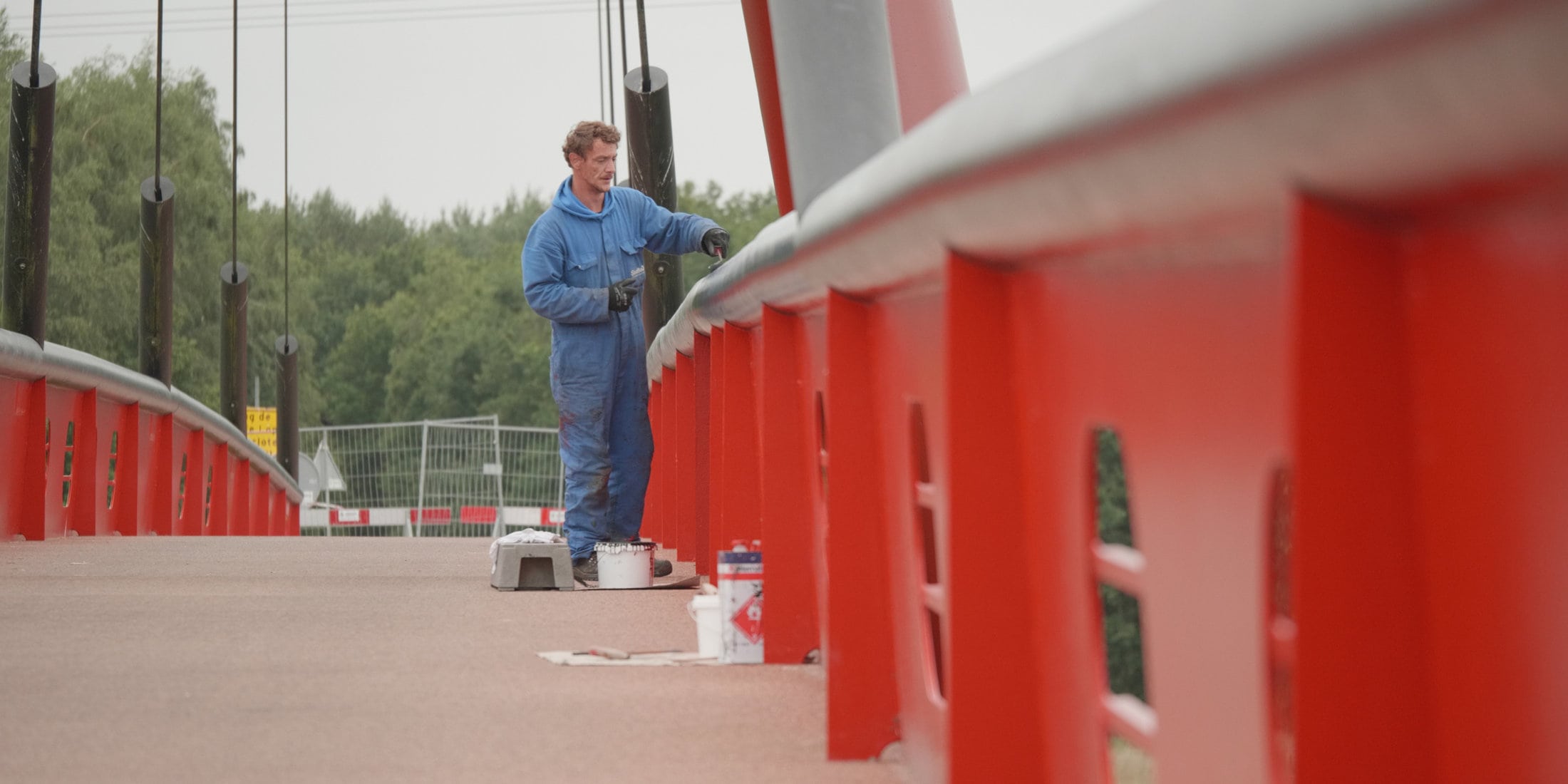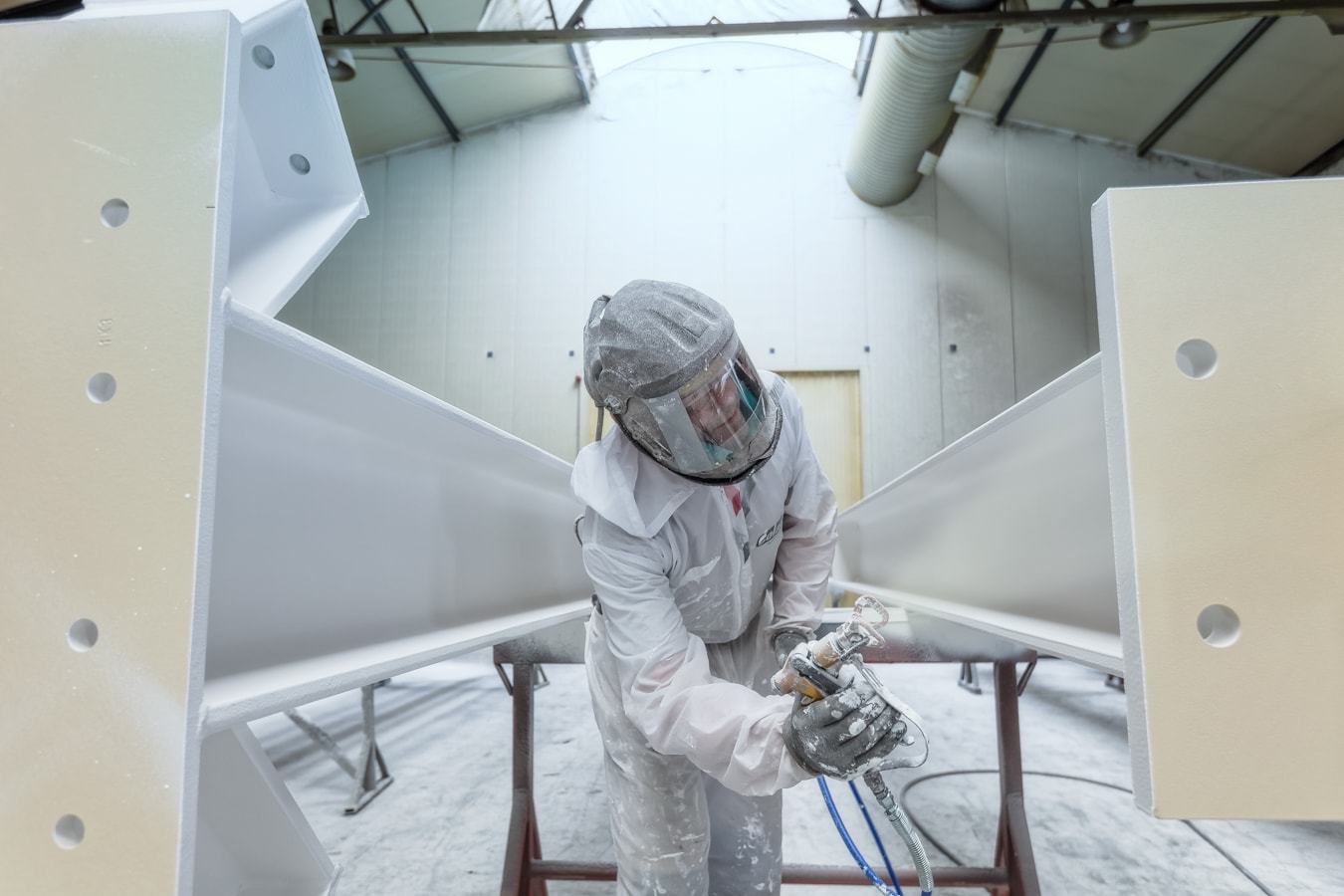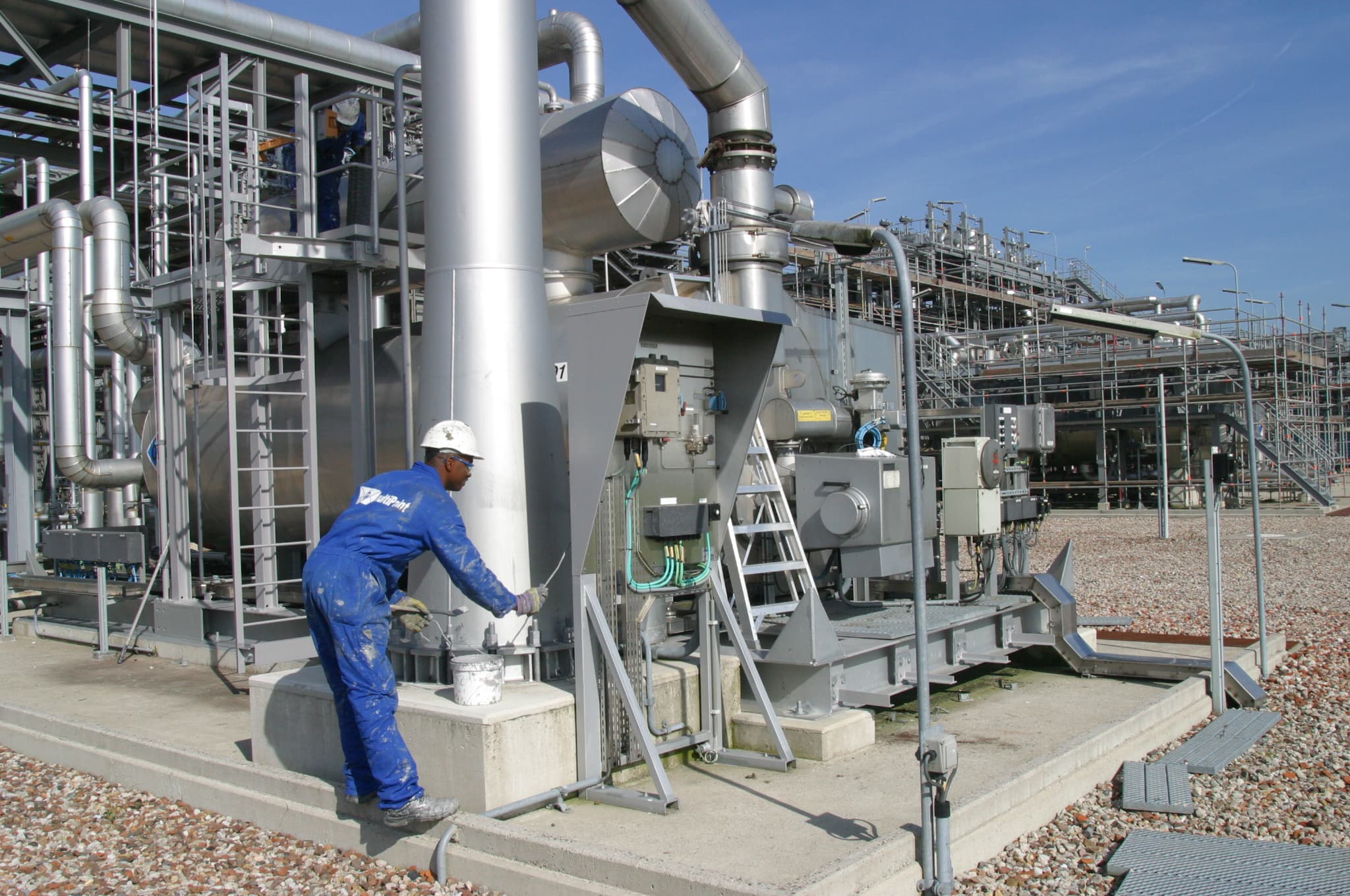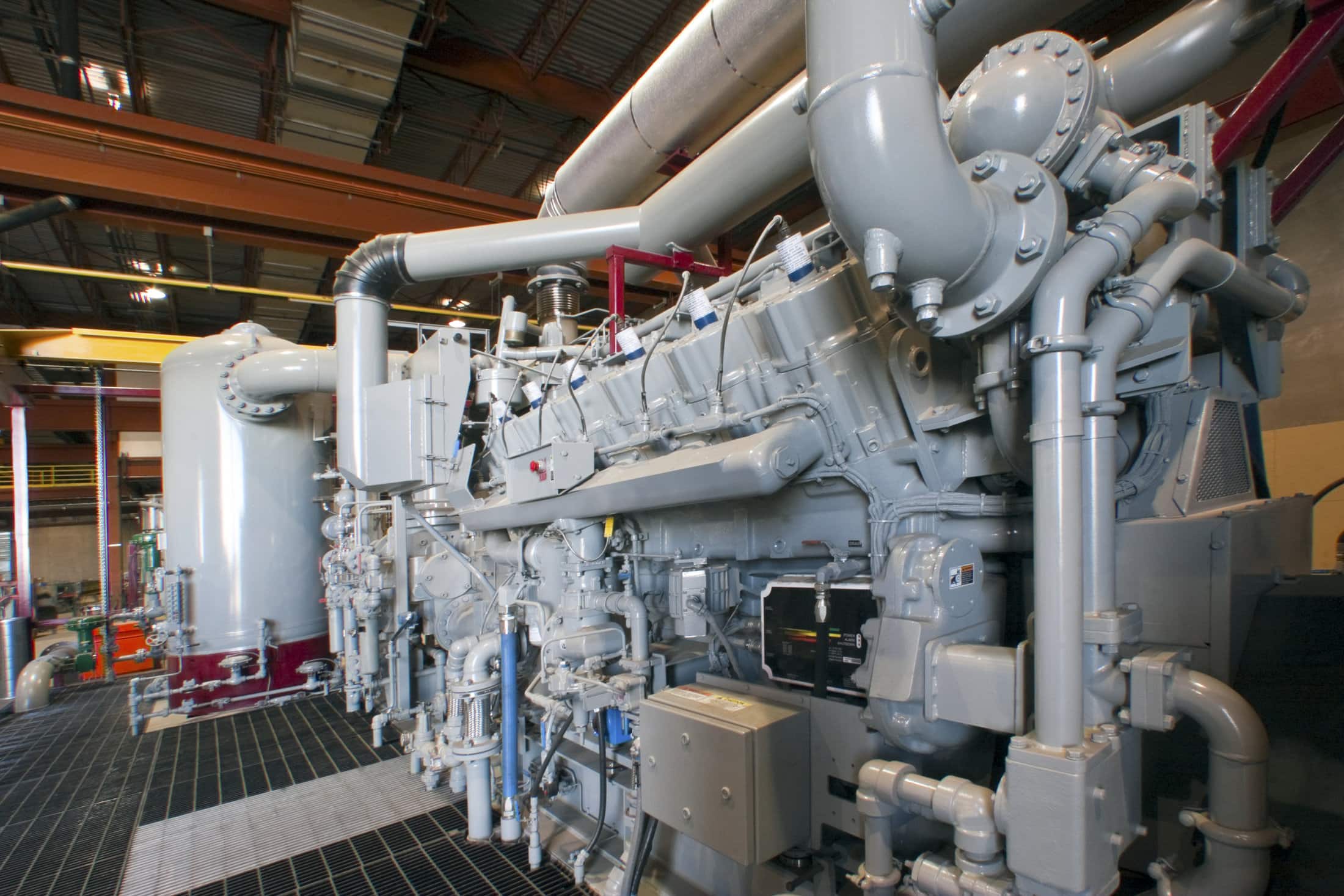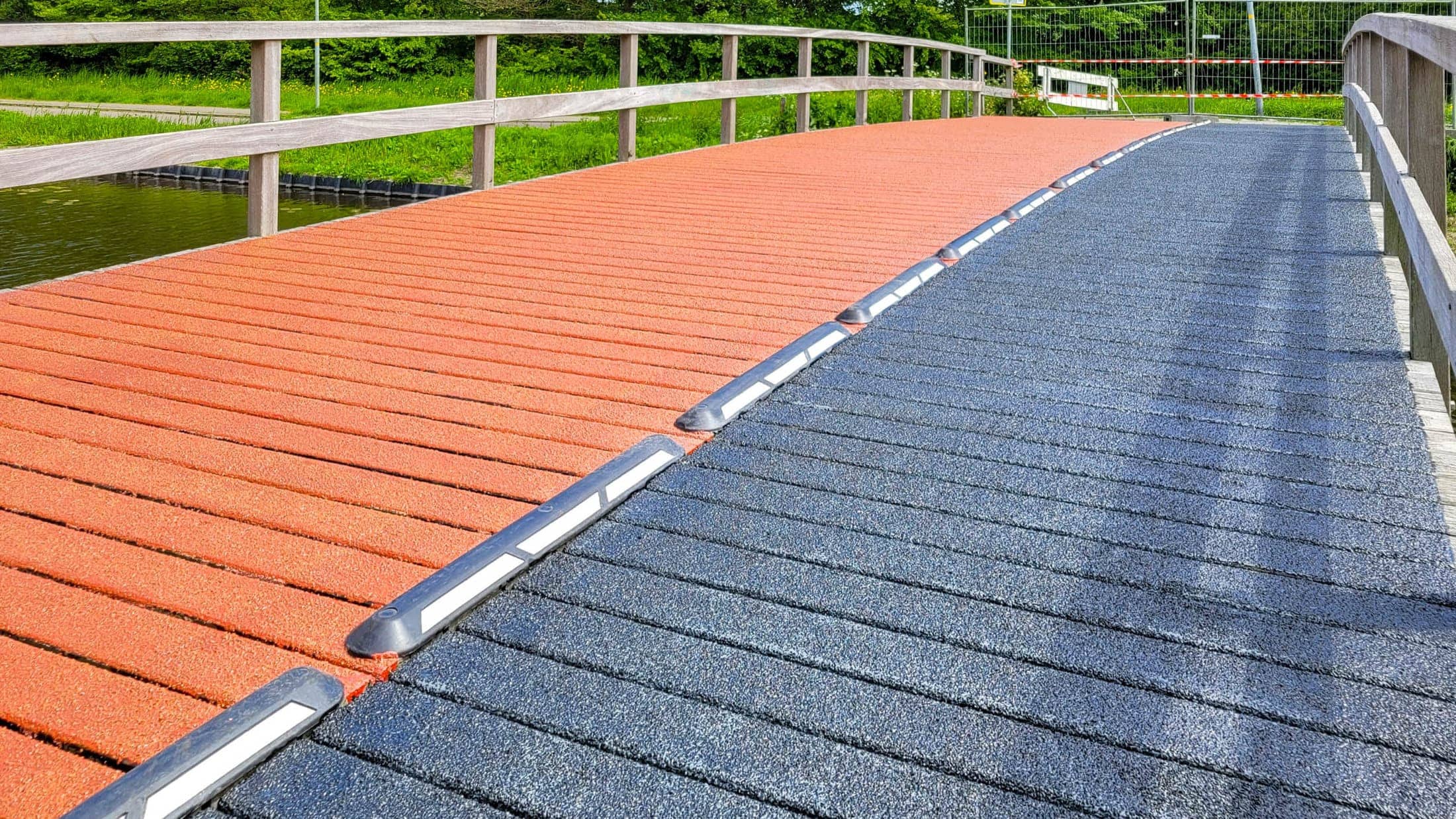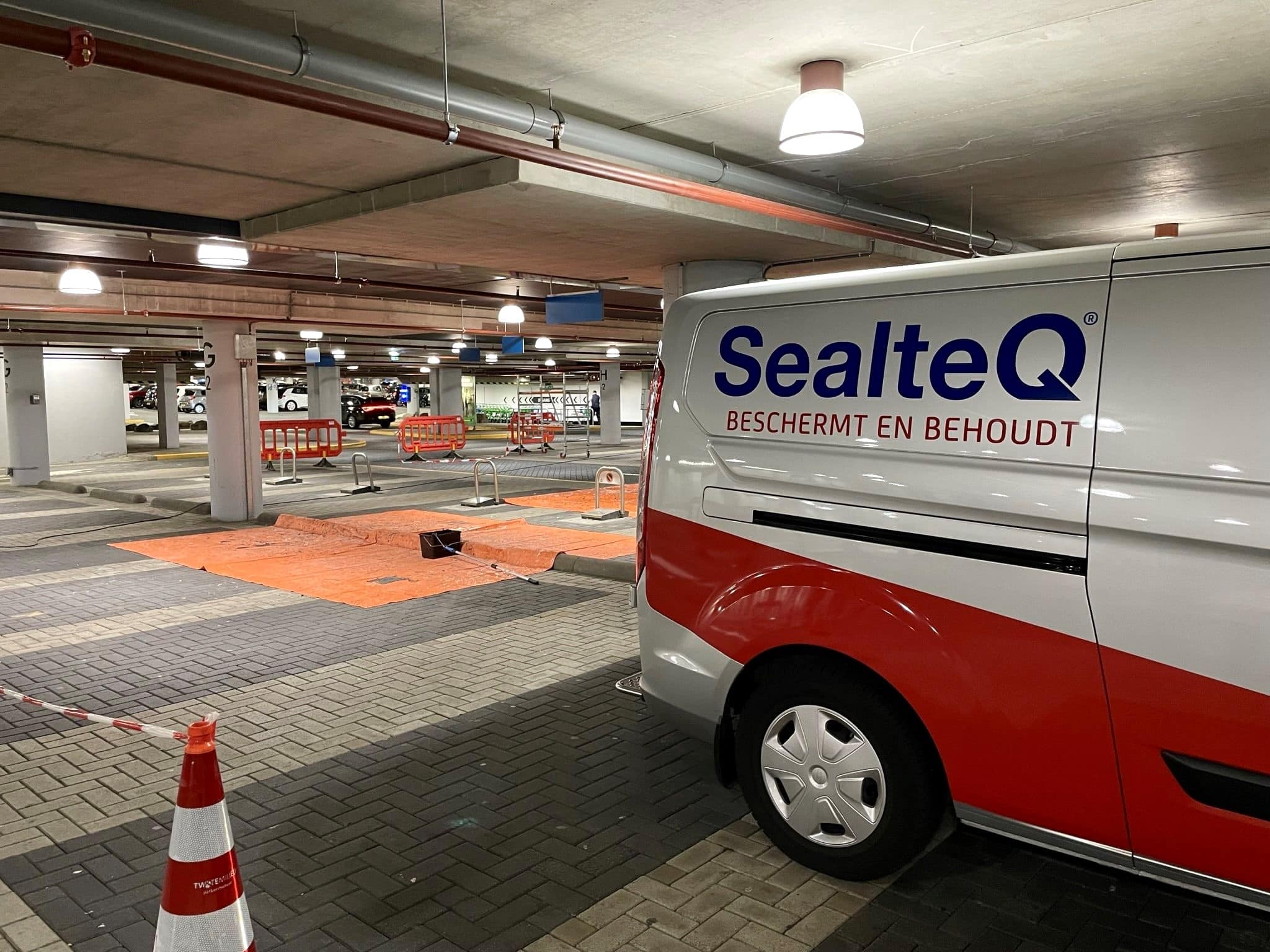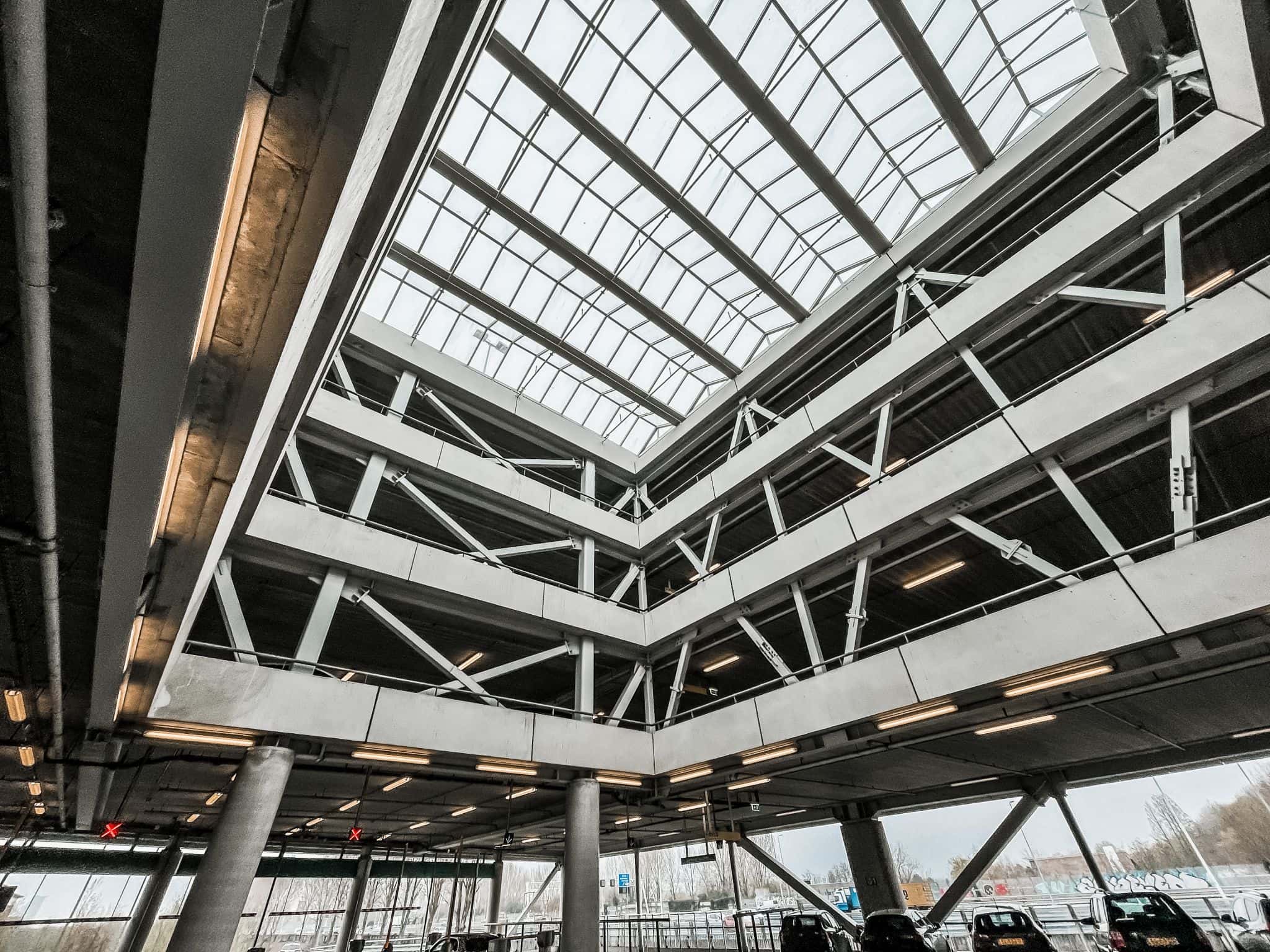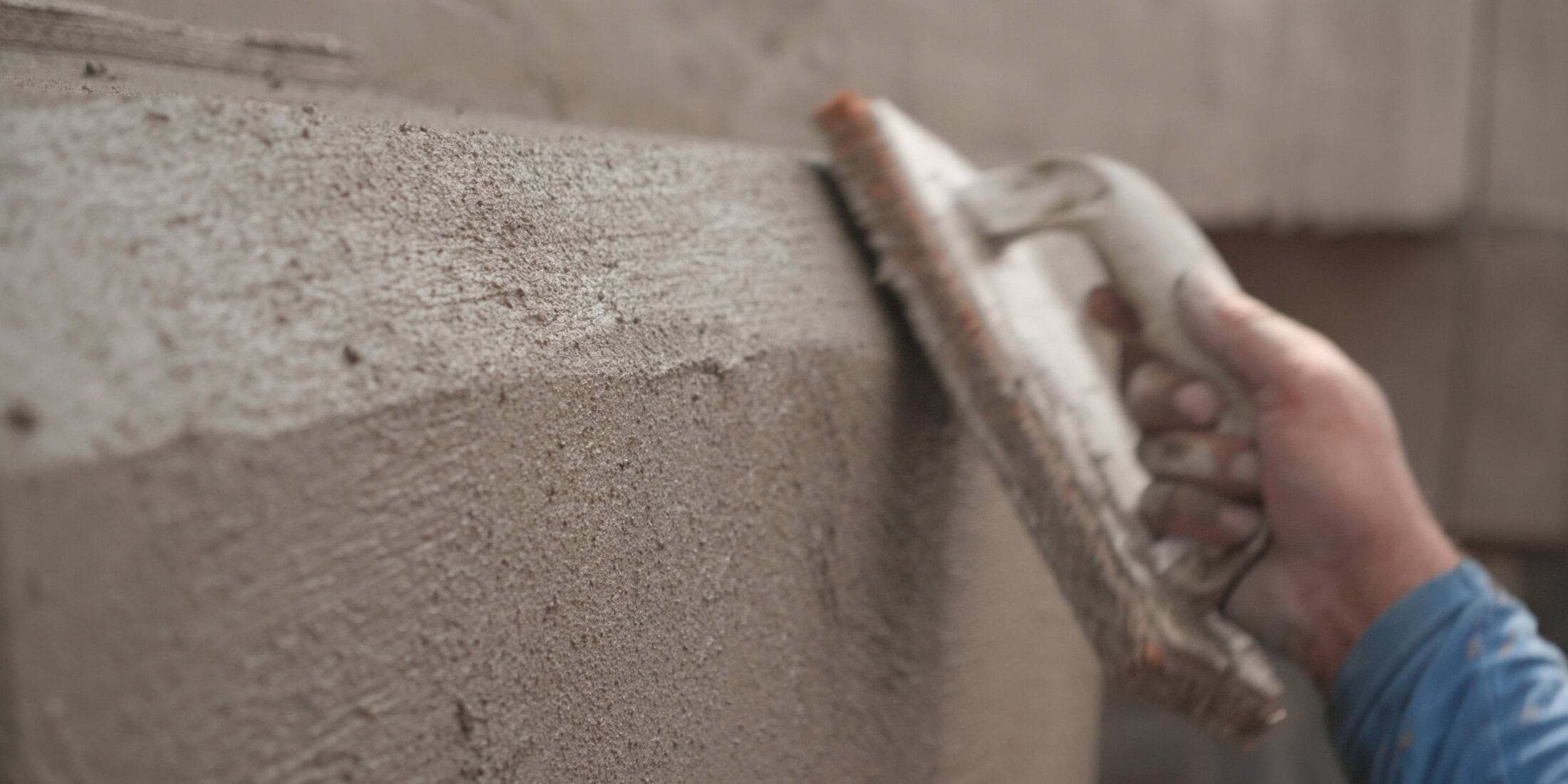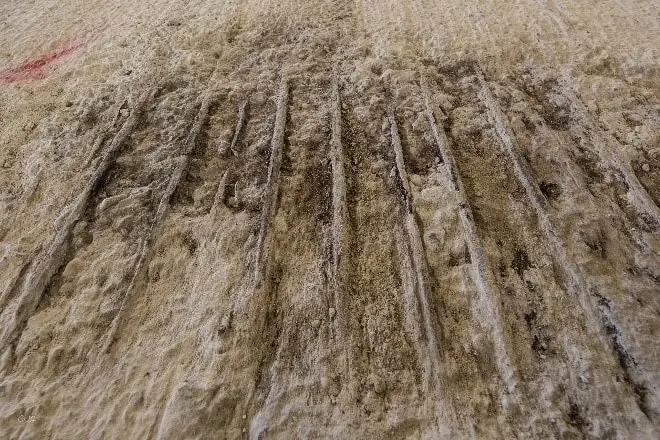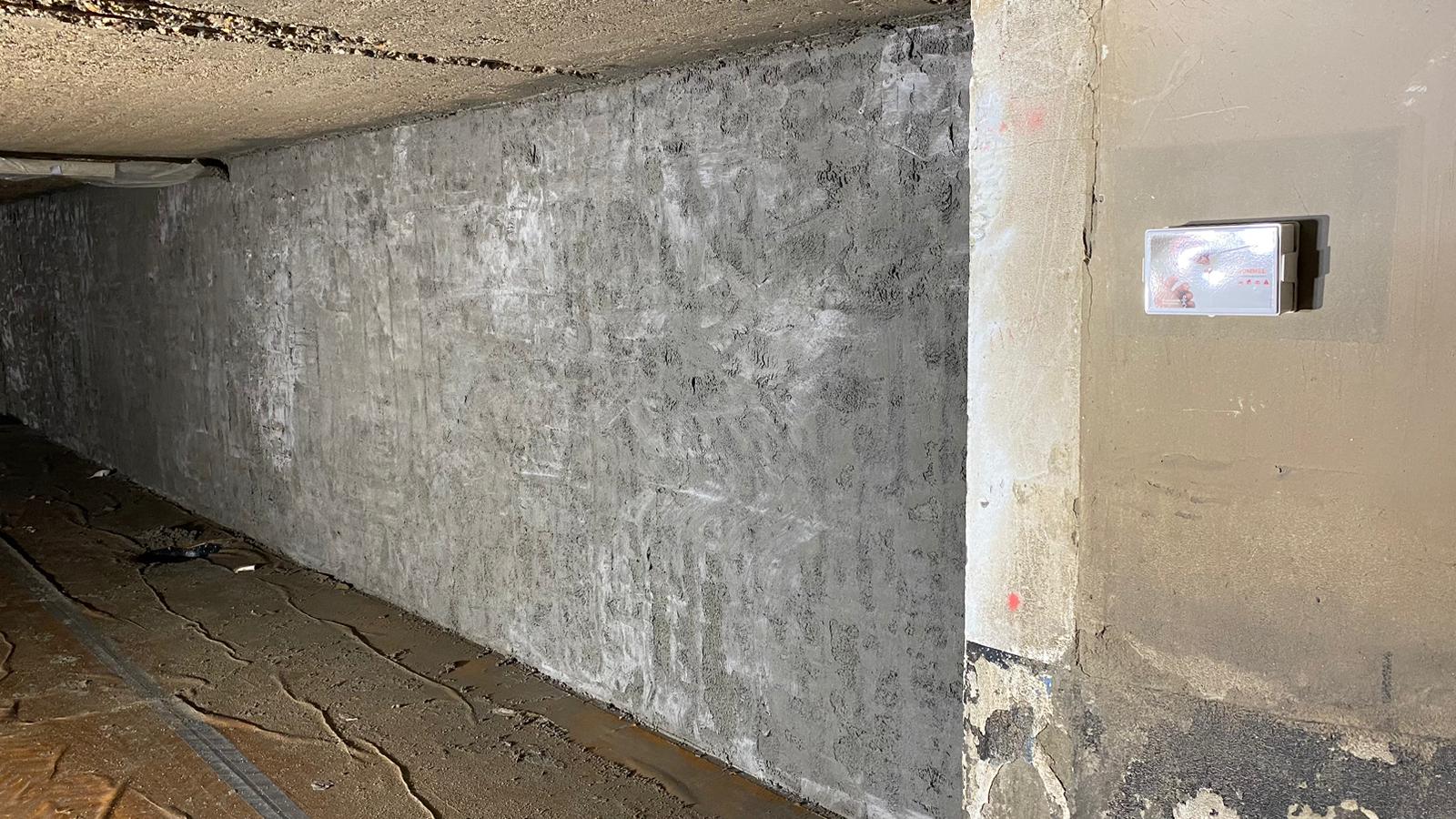As a construction professional, architect, or project developer focused on sustainable projects, it is important to understand the environmental class of concrete. Concrete is a versatile material, but not all concrete is the same.
Environmental Class of Concrete
What is the Environmental Class of Concrete?
The environmental class of concrete is a classification system that indicates how environmentally friendly a particular type of concrete is. It takes into account various factors, including the raw materials used, production method, CO2 emissions, and the concrete’s lifespan. Additionally, the environmental class indicates how well concrete resists environmental influences such as moisture, de-icing salts, seawater, and aggressive chemicals.
The Importance of Environmental Class
The environmental class provides insight into the concrete’s durability and ecological impact on the environment. This class serves two important functions, which are explained below.
Sustainability
When you choose concrete with a high environmental class, you directly contribute to reducing the ecological impact of construction activities. This is achieved through lower CO2 emissions during production and the use of sustainable raw materials.
This choice not only counters climate change but also ensures the preservation of valuable natural resources for future generations.
Protection against External Influences
Concrete with a higher environmental class is more resistant to various external influences, such as moisture, de-icing salts, seawater, and chemical substances. Choosing an appropriate environmental class extends the lifespan of structures and reduces maintenance costs.
This not only results in long-term cost savings but also increases the safety and reliability of the concrete structure.
Sustainability Goals and Certifications
Using more environmentally friendly concrete with a higher environmental class helps achieve sustainability goals and certifications. Examples include:
- Leadership in Energy and Environmental Design (LEED): an internationally recognized certification for sustainable buildings. Choosing concrete with a high environmental class increases the possibility of obtaining certification.
- Building Research Establishment Environmental Assessment Method (BREEAM): a similar certification, focused on sustainable buildings in the United Kingdom and Europe.
Besides these well-known certifications, there are numerous other sustainability standards and certifications for which the use of environmentally friendly concrete is relevant.
Please note: the environmental class is not the only factor that matters. It’s also important to consider the quality of the concrete and whether it’s suitable for the application.
Determining the Right Environmental Class
The appropriate environmental class for concrete structures depends on various factors, including:
- Location: is the structure built in a humid environment or near the sea?
- Usage: is the structure exposed to de-icing salts or aggressive chemicals?
- Desired lifespan
The correct environmental class is determined based on tables available in standards, such as NEN 8005.
An Environmental Class Consists of Two Letters
The first letter indicates the type of degradation the concrete experiences:
- X: No degradation
- C: Carbonation (degradation by CO₂)
- D: Deicing (degradation by de-icing salts)
- S: Seawater (degradation by seawater)
- F: Frost (degradation by frost)
The second letter indicates the degree of degradation:
- 0: No degradation
- 1: Weak degradation
- 2: Moderate degradation
- 3: Strong degradation
- 4: Very strong degradation
Examples of Environmental Classes
- XC1: concrete used indoors and not in contact with moisture or soil.
- XC2: concrete used outdoors or in contact with non-aggressive groundwater.
- XC3: concrete used in humid environments, such as roads, galleries, and tiles.
- XC4: concrete used in seawater or close to the sea.
Improving Concrete Environmental Class
Unfortunately, the construction sector contributes significantly to CO2 emissions and pollution. Concrete, an essential component of many structures, plays a role in this. Fortunately, there are increasingly more ways to make concrete more sustainable and improve its environmental class.
1. Use of Alternative Binders
As an alternative to ‘regular’ cement, sustainable materials can be used. Examples include recycled cement or geopolymer, a special type of binder. These alternatives cause less CO2 emissions during concrete production.
2. Improvements in Production Processes
The production process can be optimized through the use of more efficient machines and raw materials. These improvements reduce the ecological impact of the concrete production process.
3. Smart Use of Raw Materials and Concrete Waste
Minimizing waste during concrete production and concrete repair contributes to sustainability. Also, reuse and recycling of surplus concrete leads to less waste production and reduced need for new raw materials.
SealteQ: Your Partner in Sustainability
At SealteQ, we strive for sustainability in all our projects. Our focus on sustainable solutions is reflected in our choice of environmentally friendly concrete. We apply our specialties across various markets including government, industry, and the private sector.
As a member of the Association of Certified Concrete Repair Companies (VBR), we are proud of our role as pioneers in safety, sustainability, and corporate social responsibility. We also embrace the United Nations’
Contact us for more information about the sustainable construction solutions that SealteQ offers. Together, we work towards a future-proof and environmentally friendly living environment.


